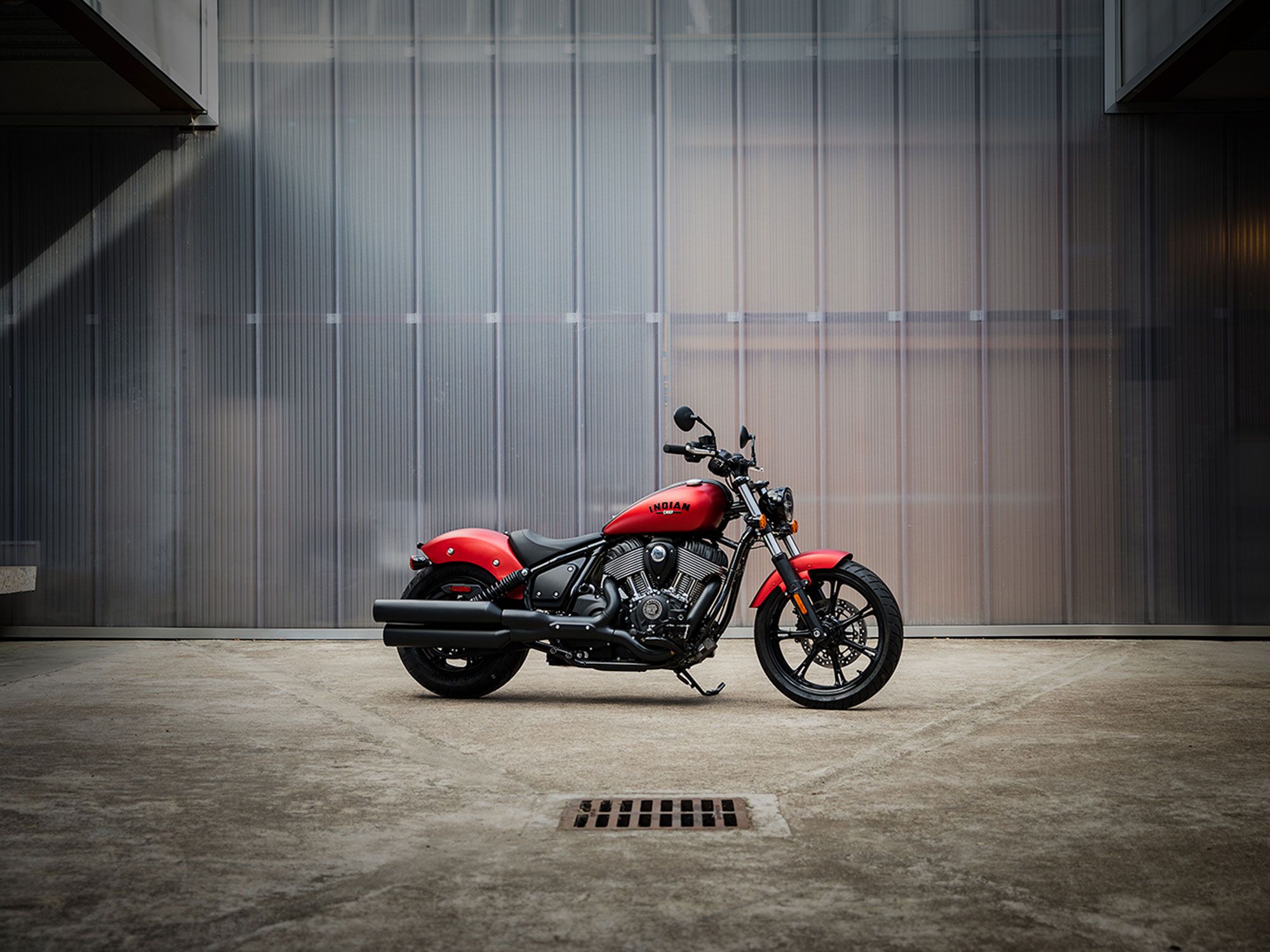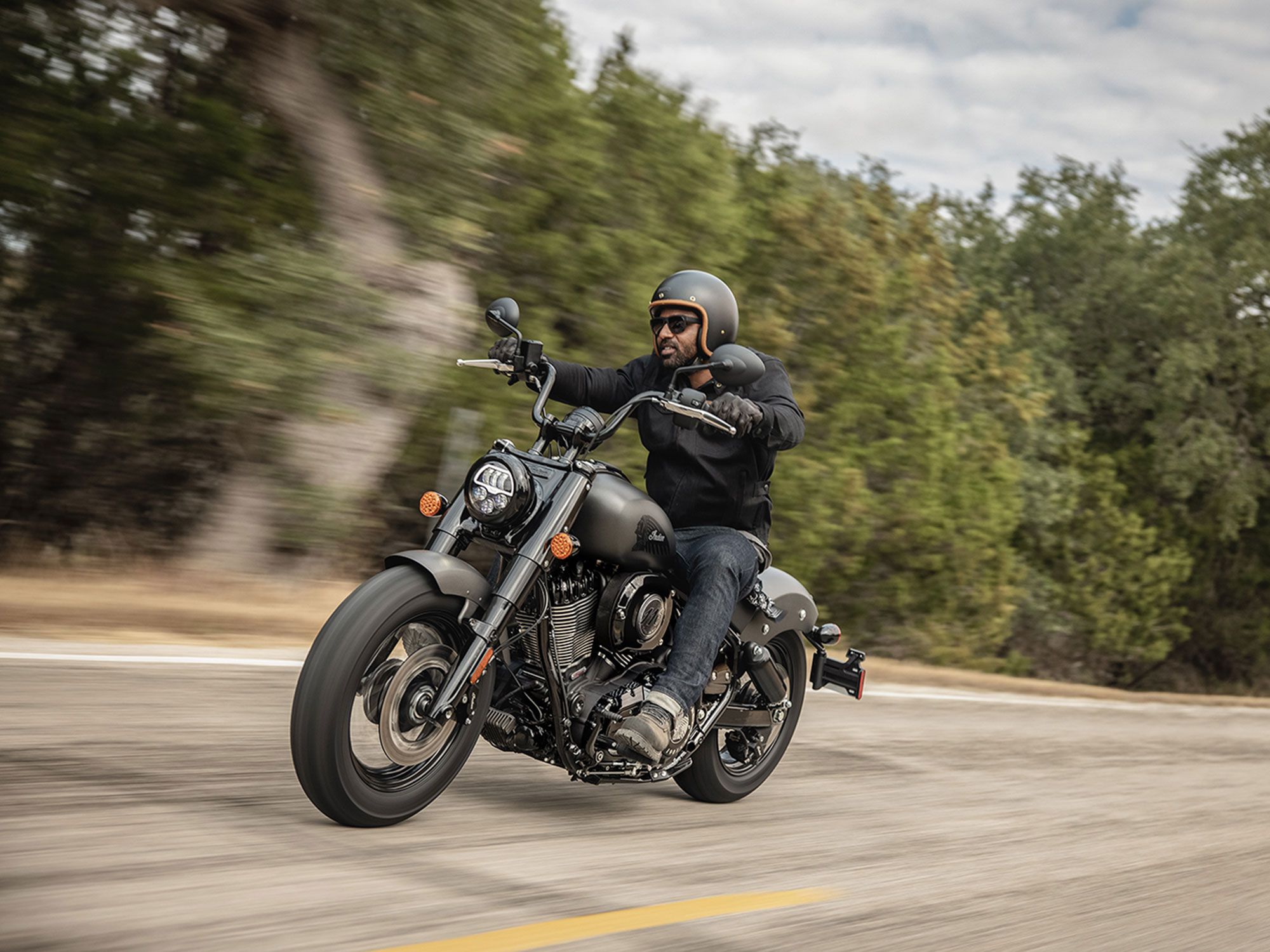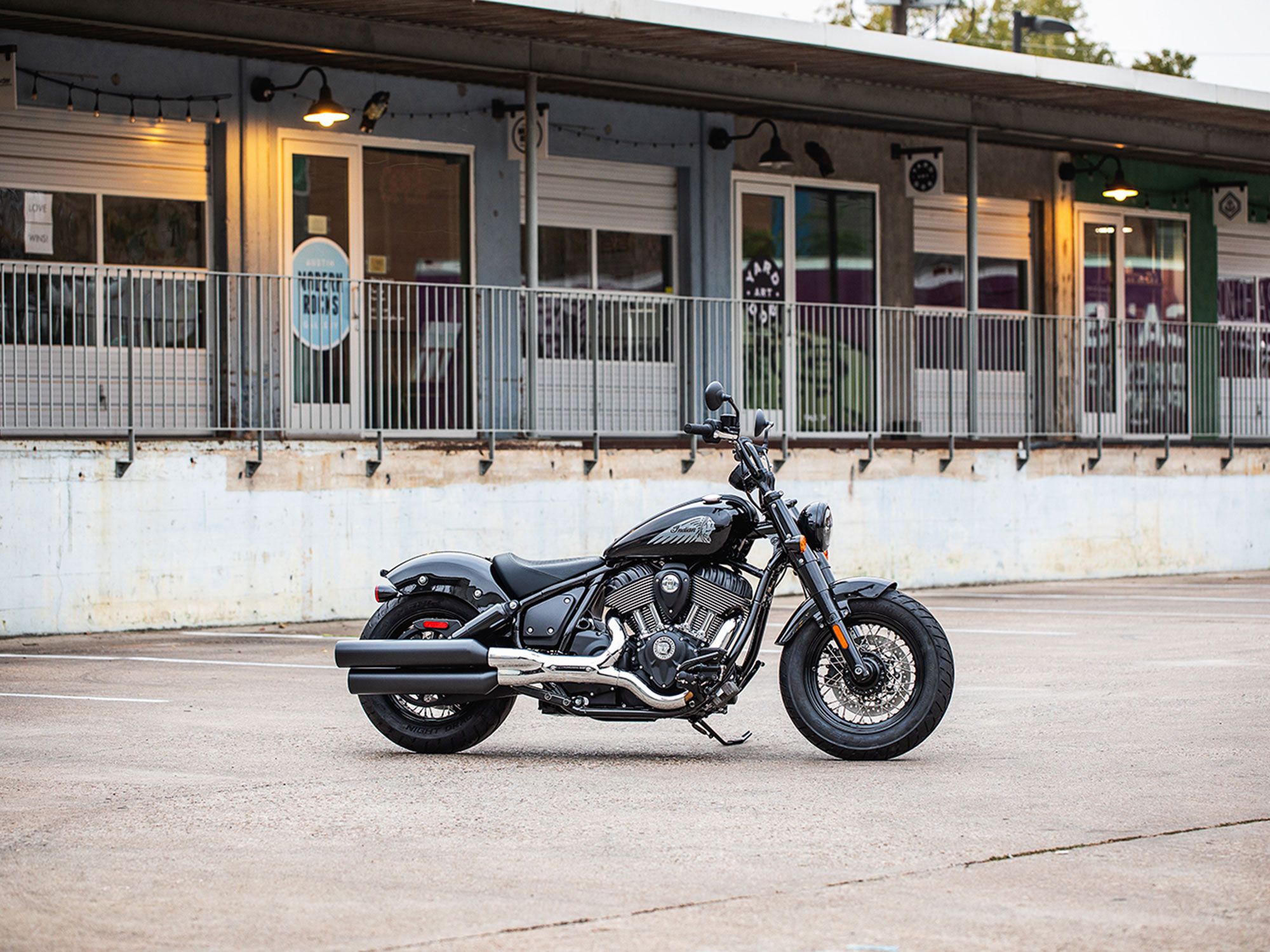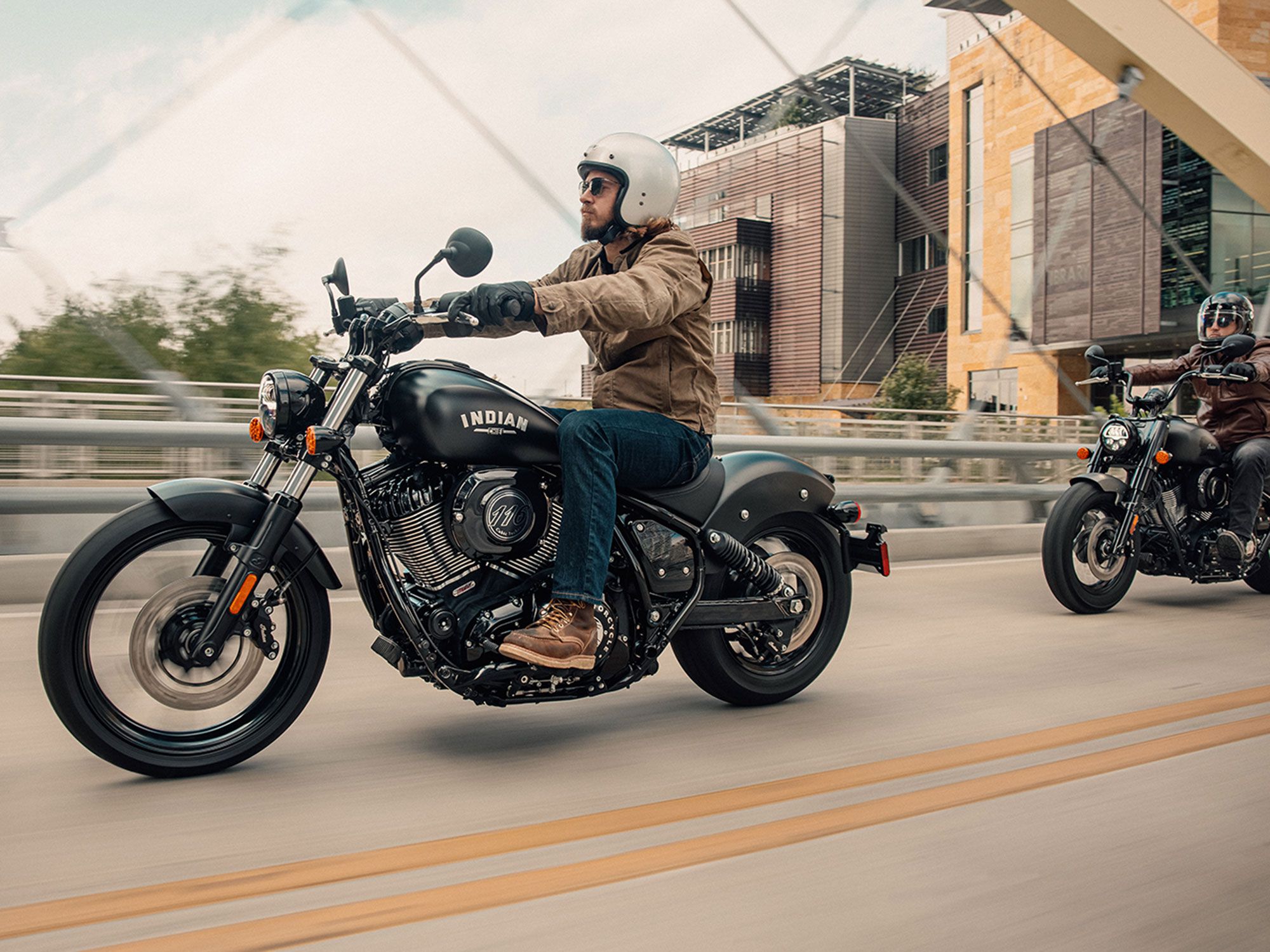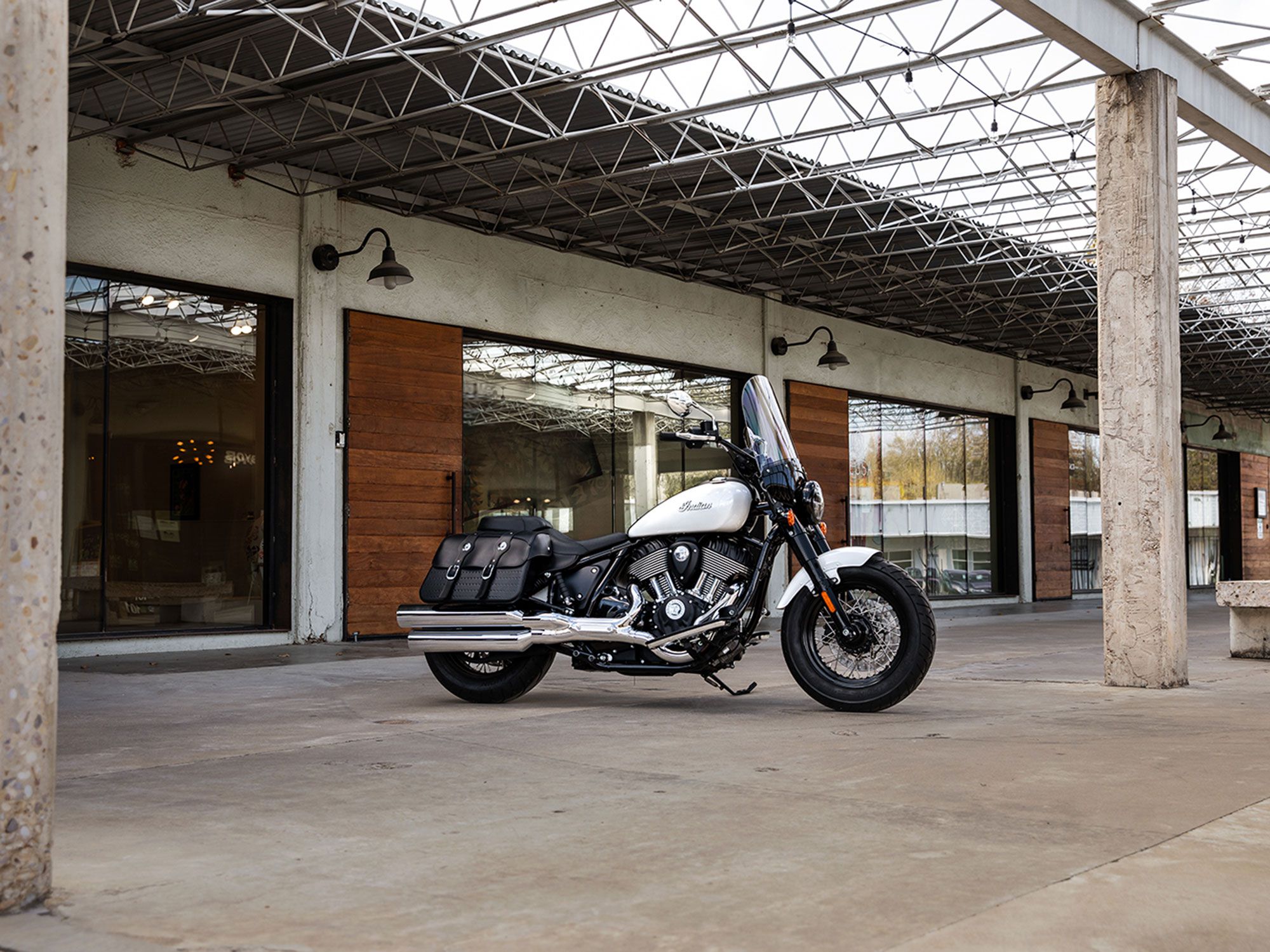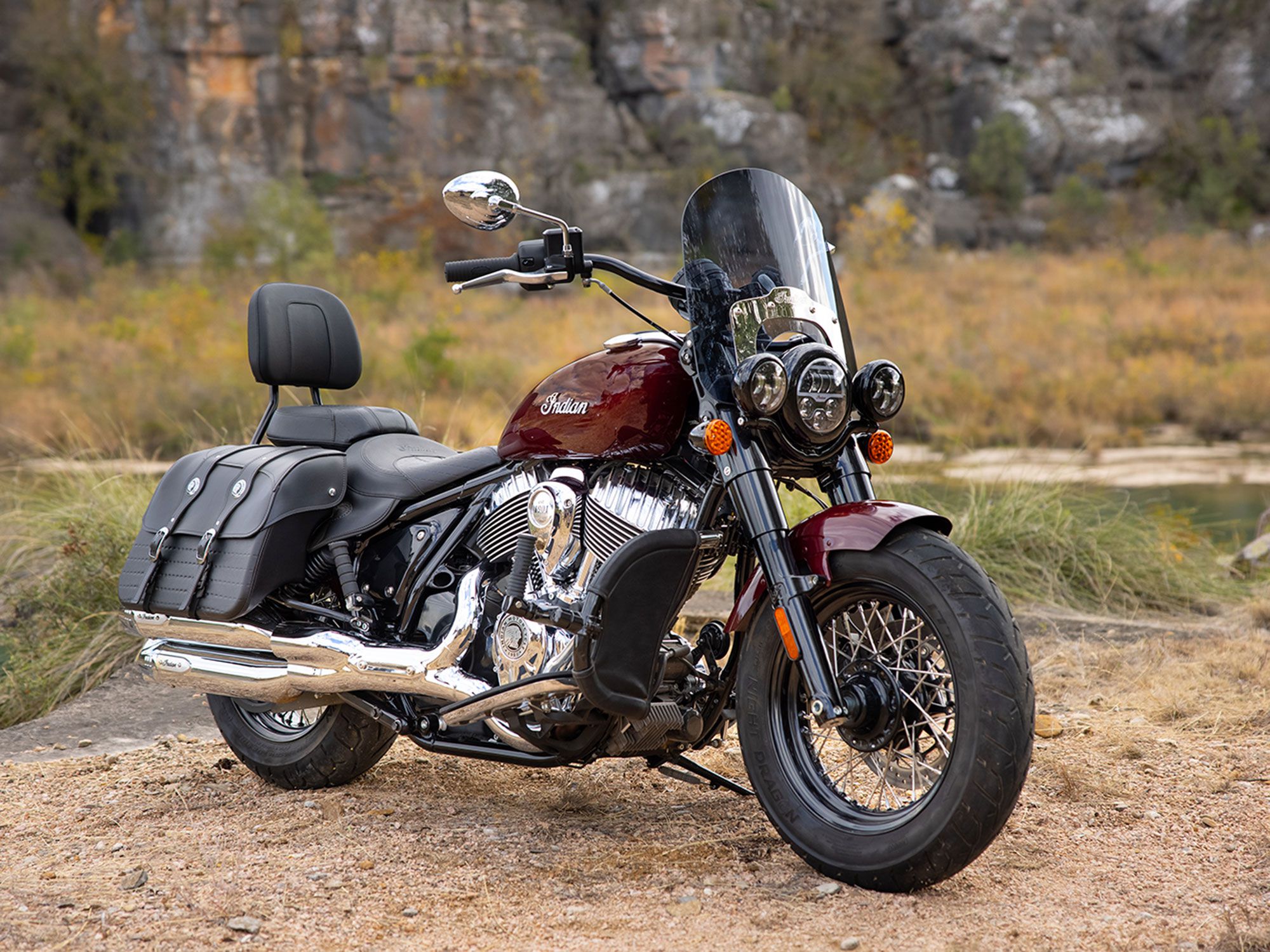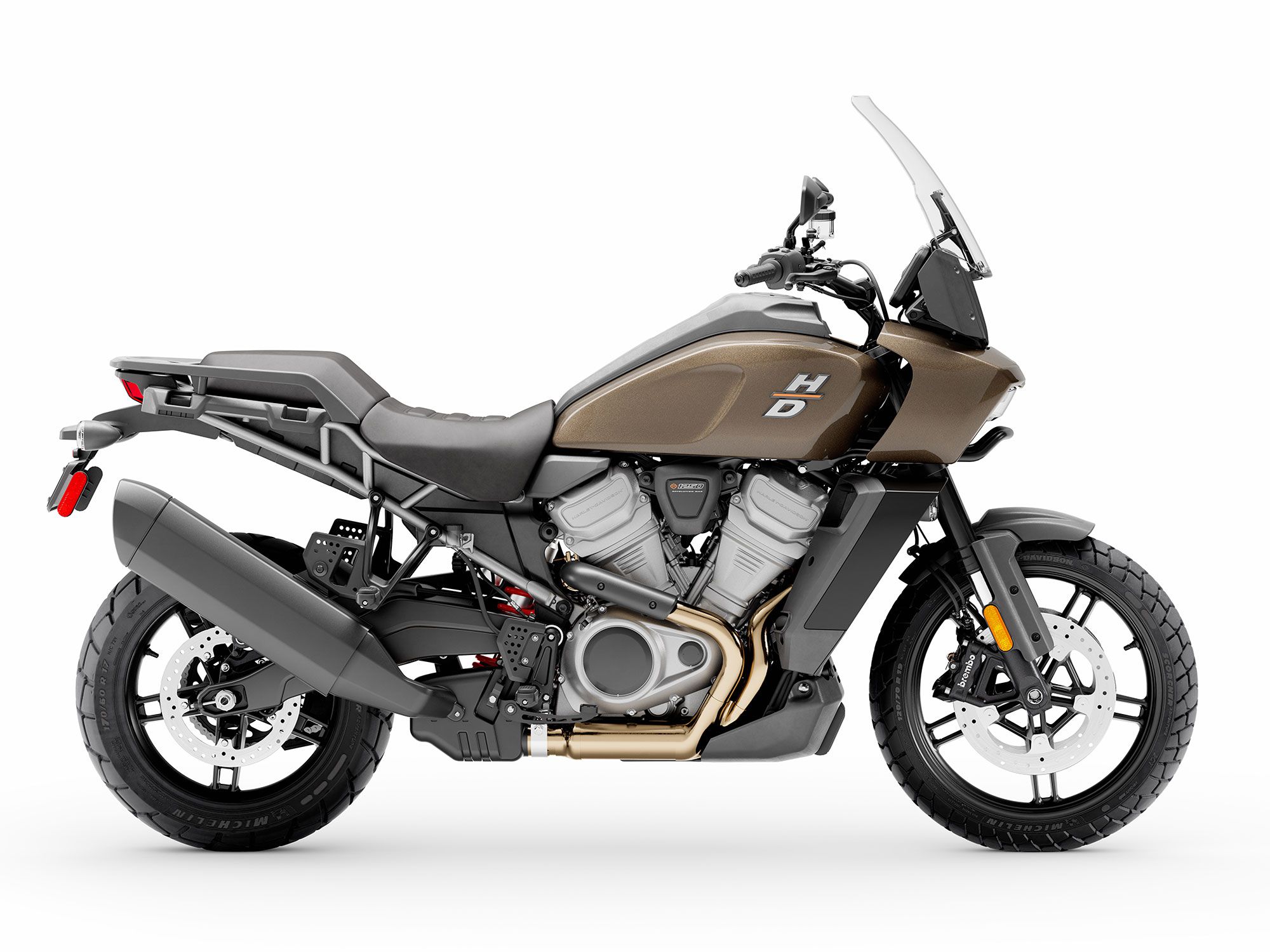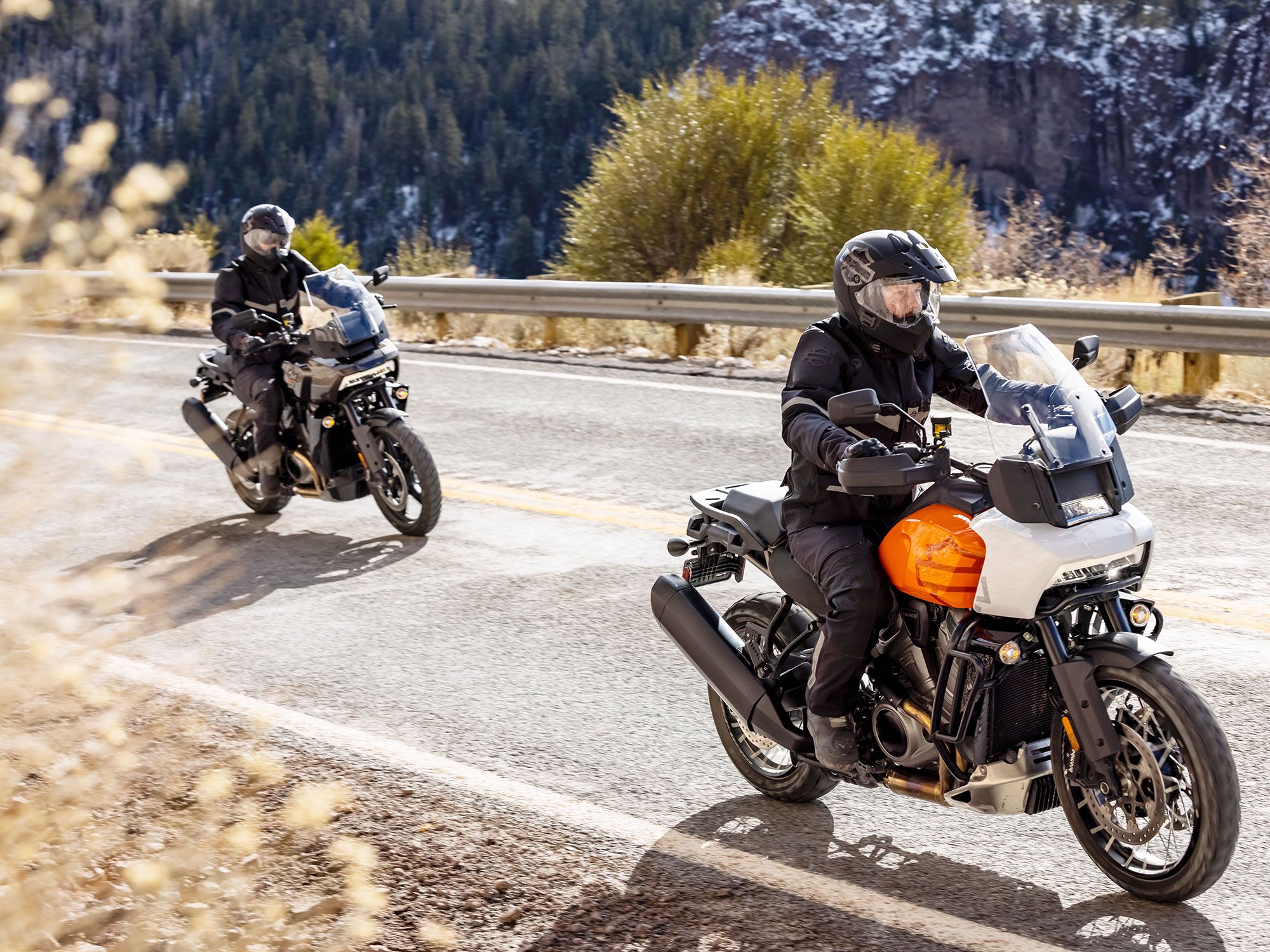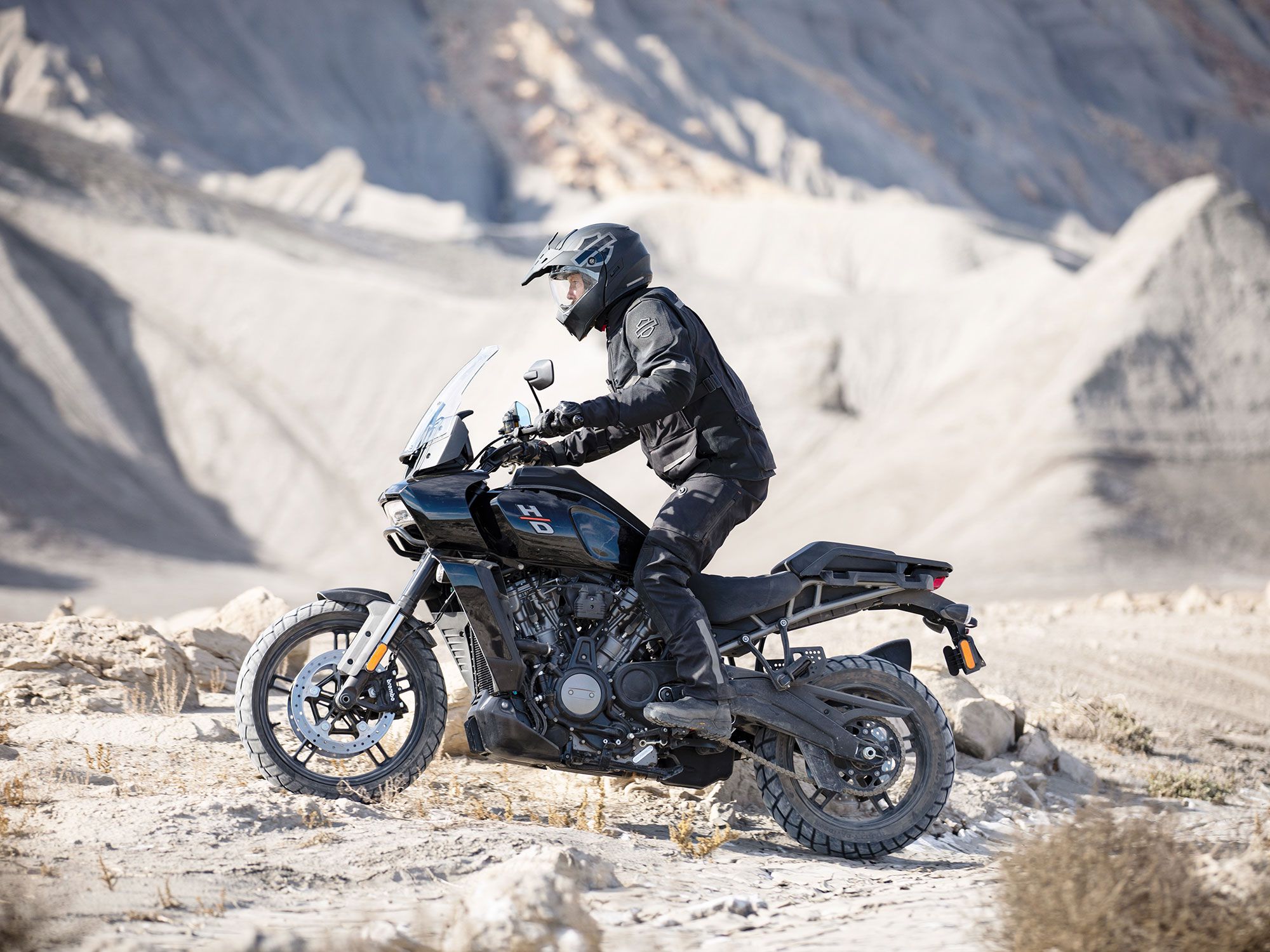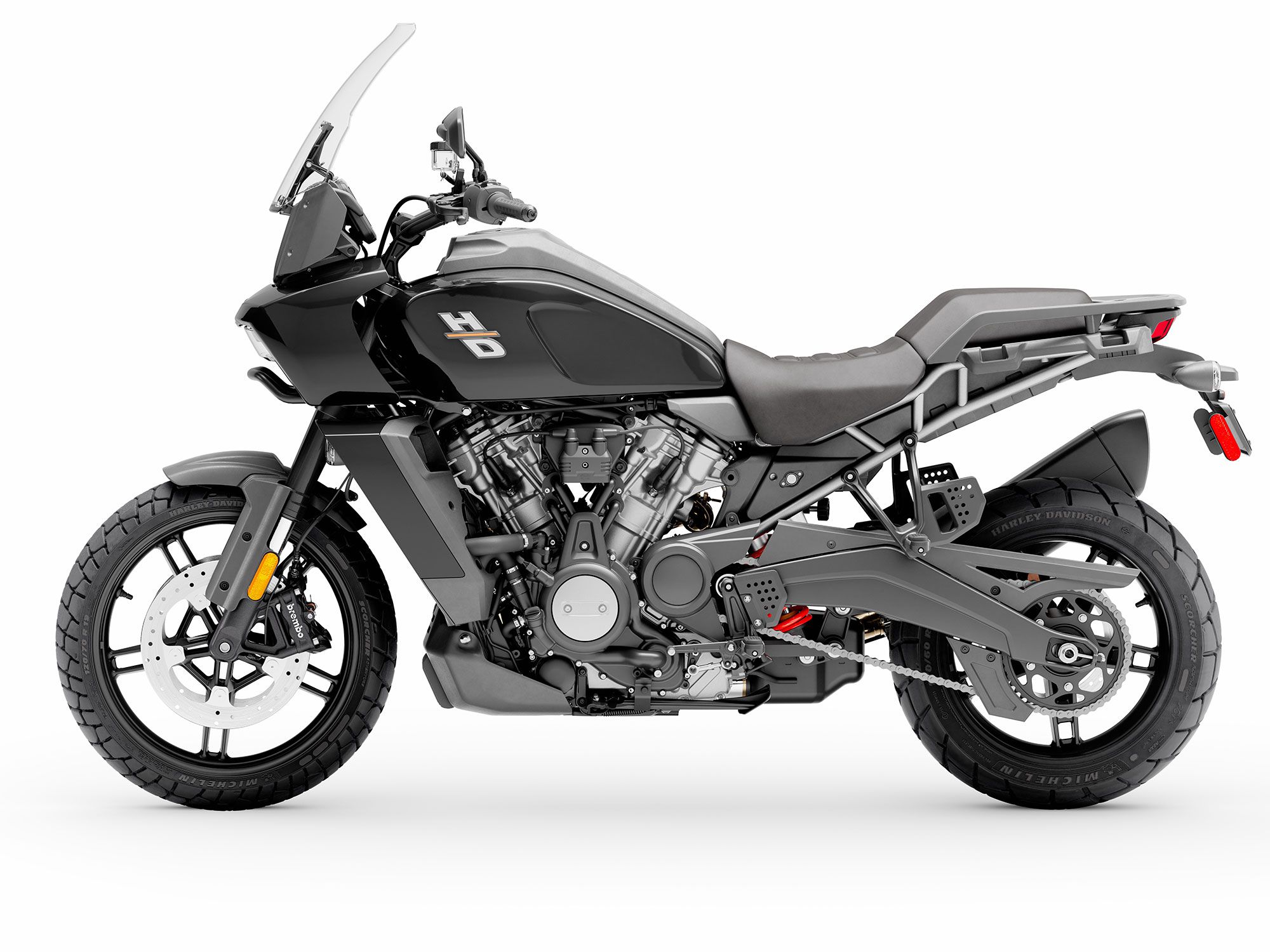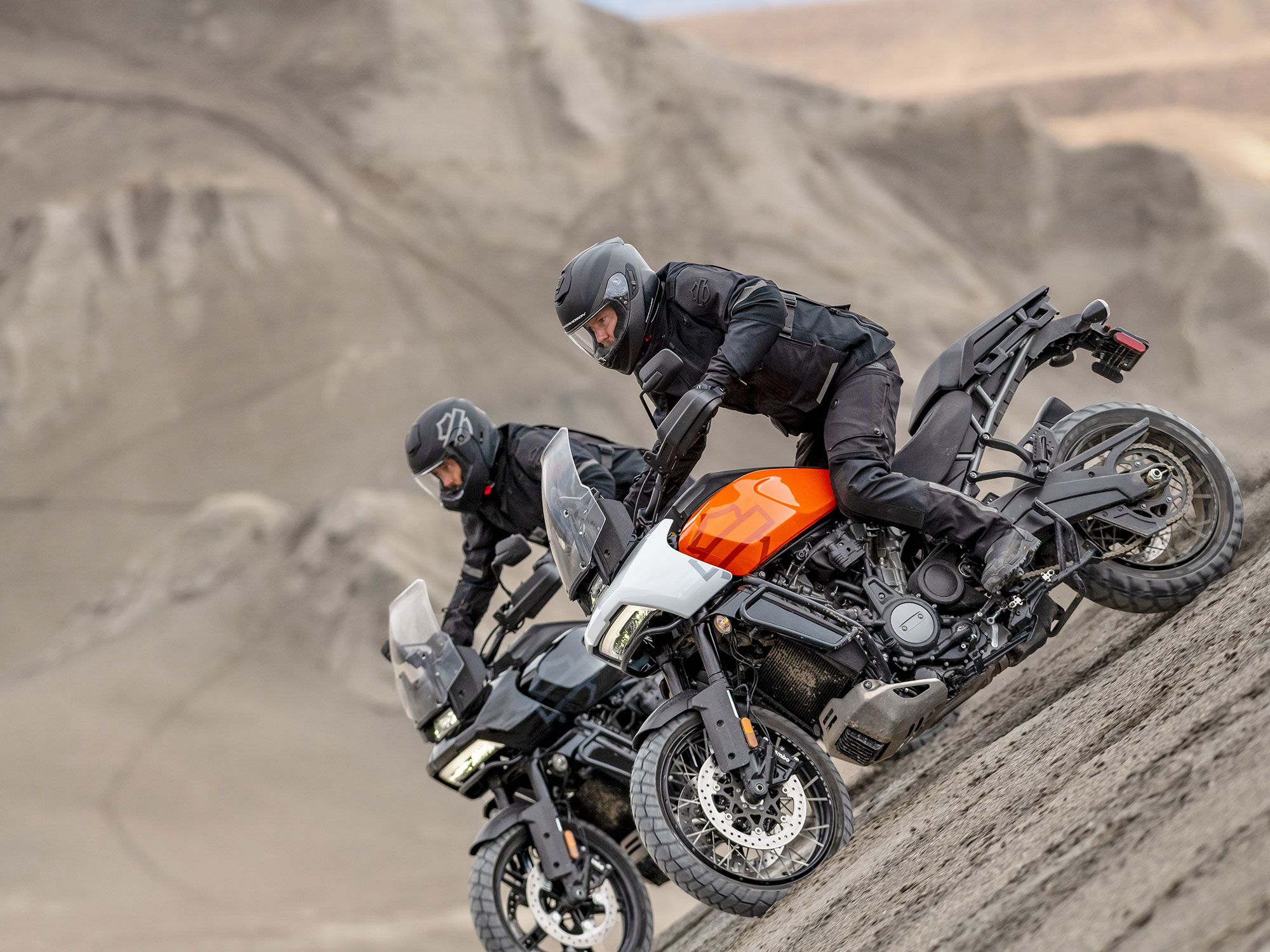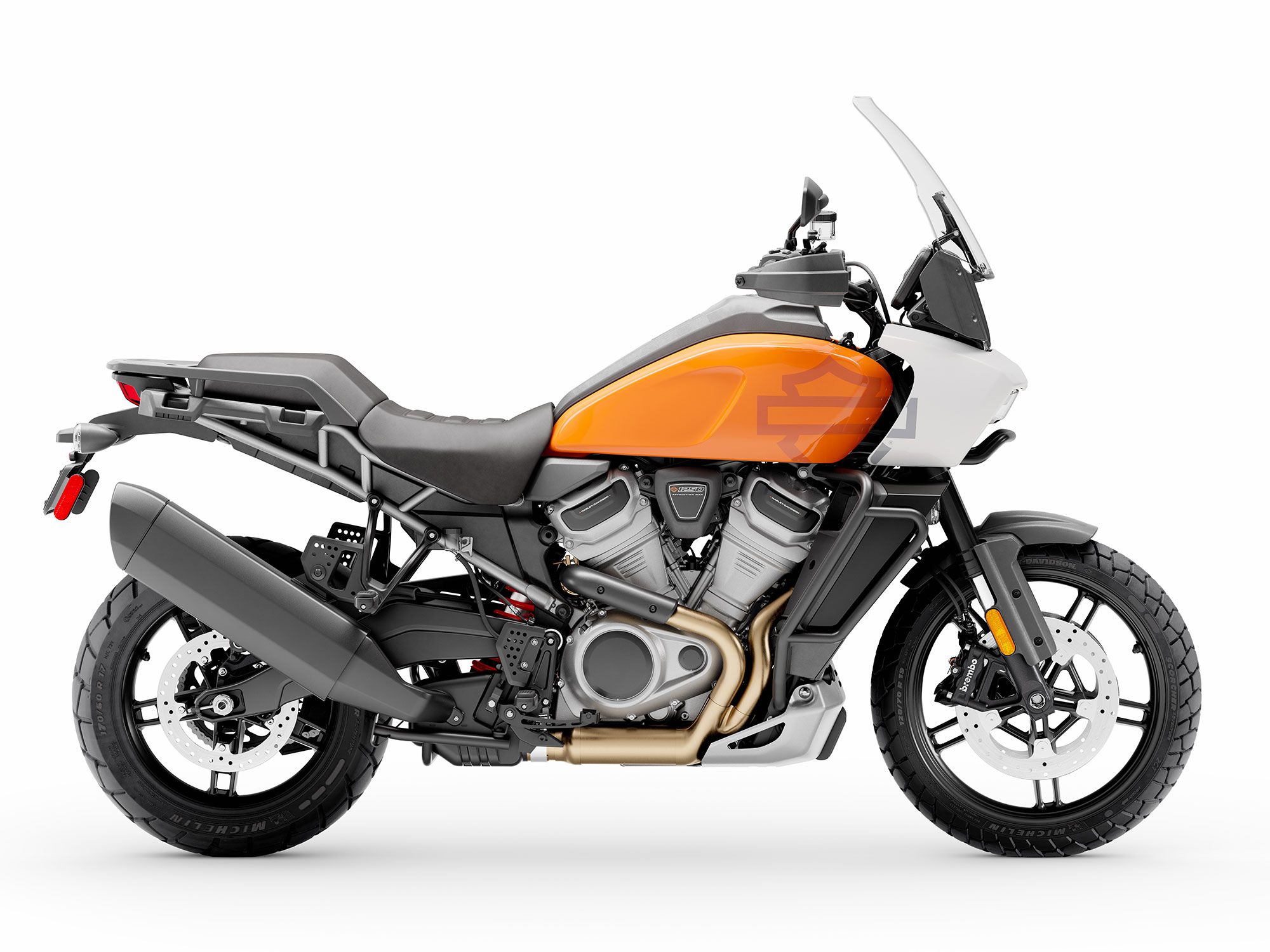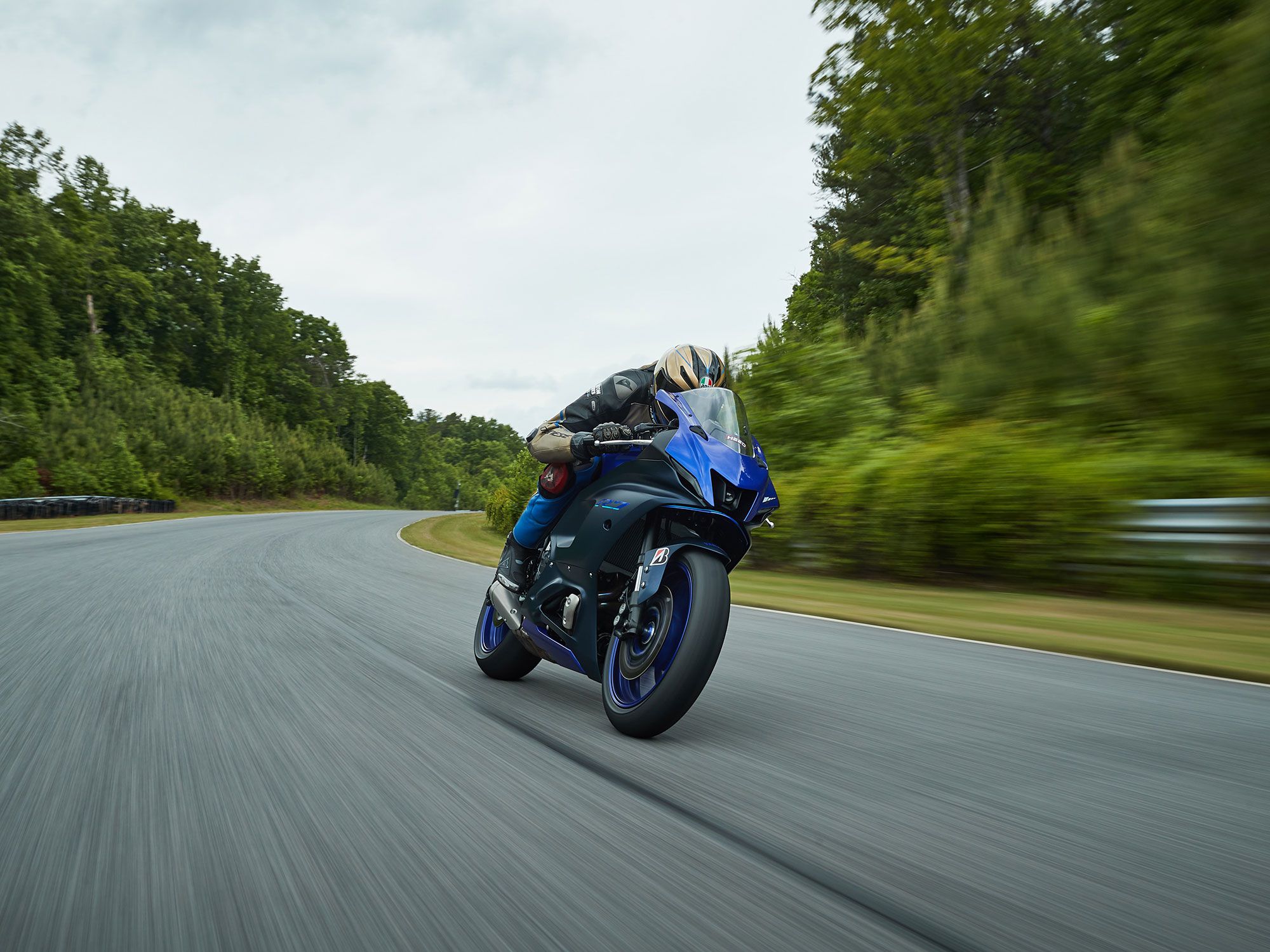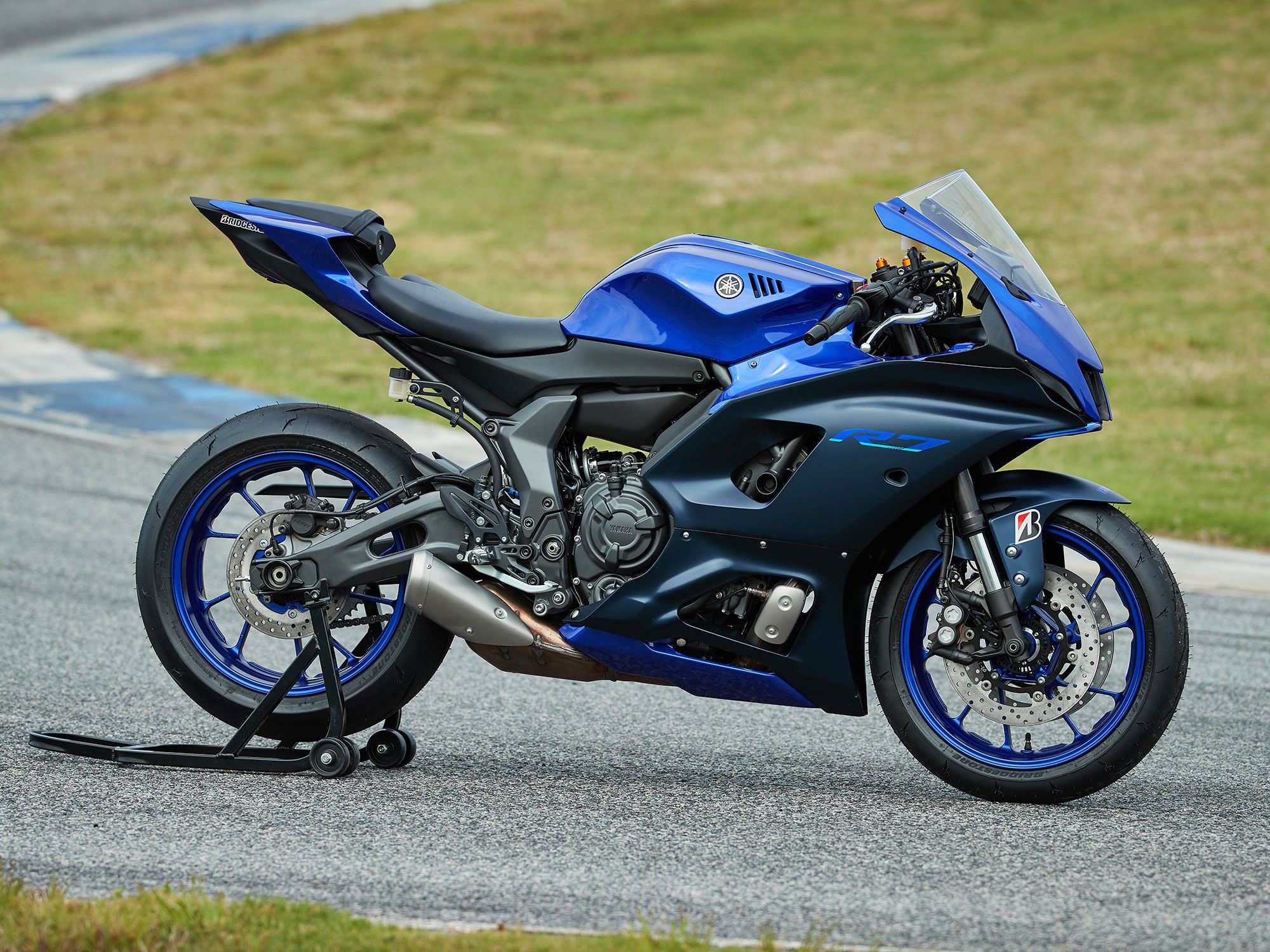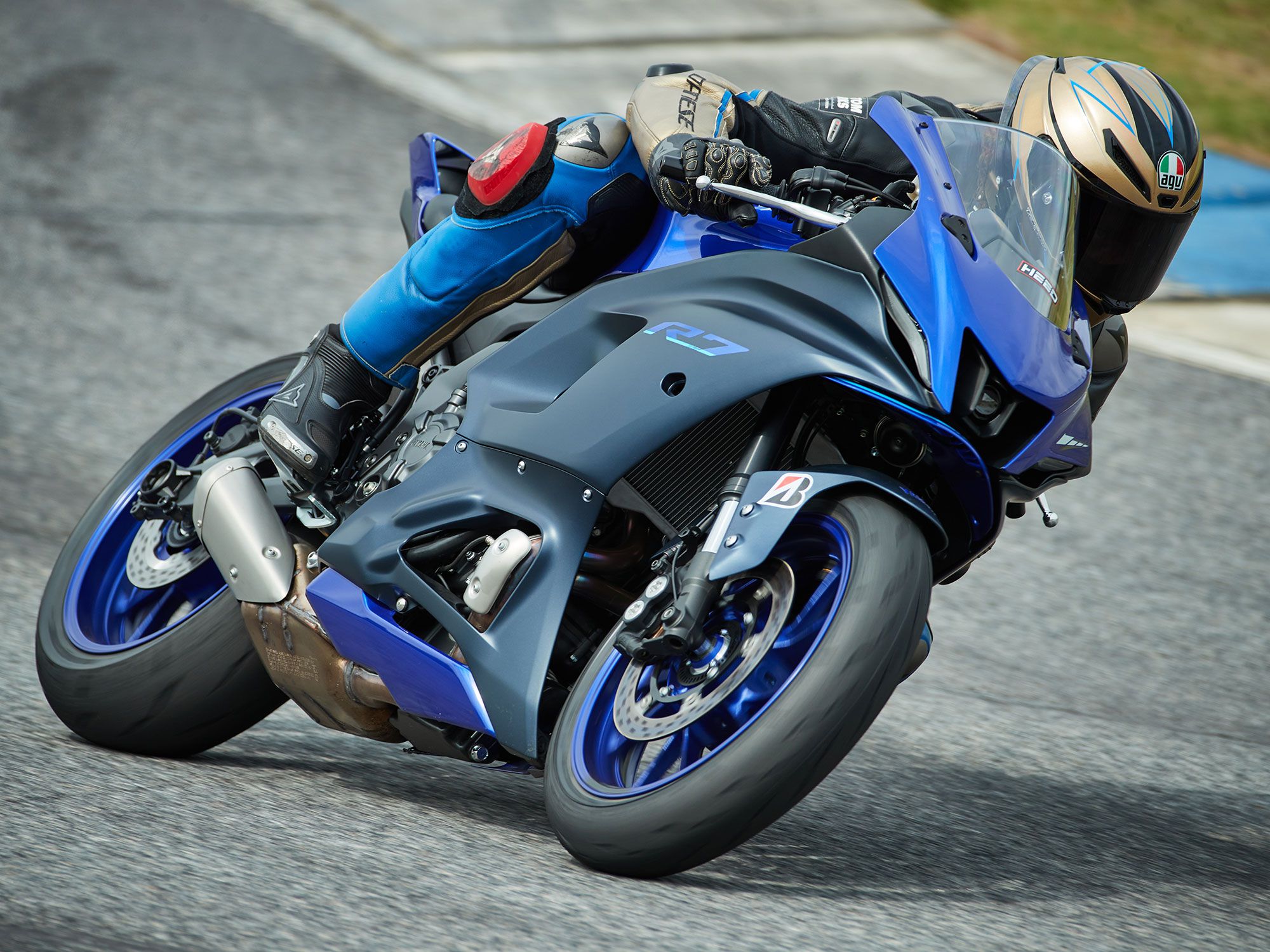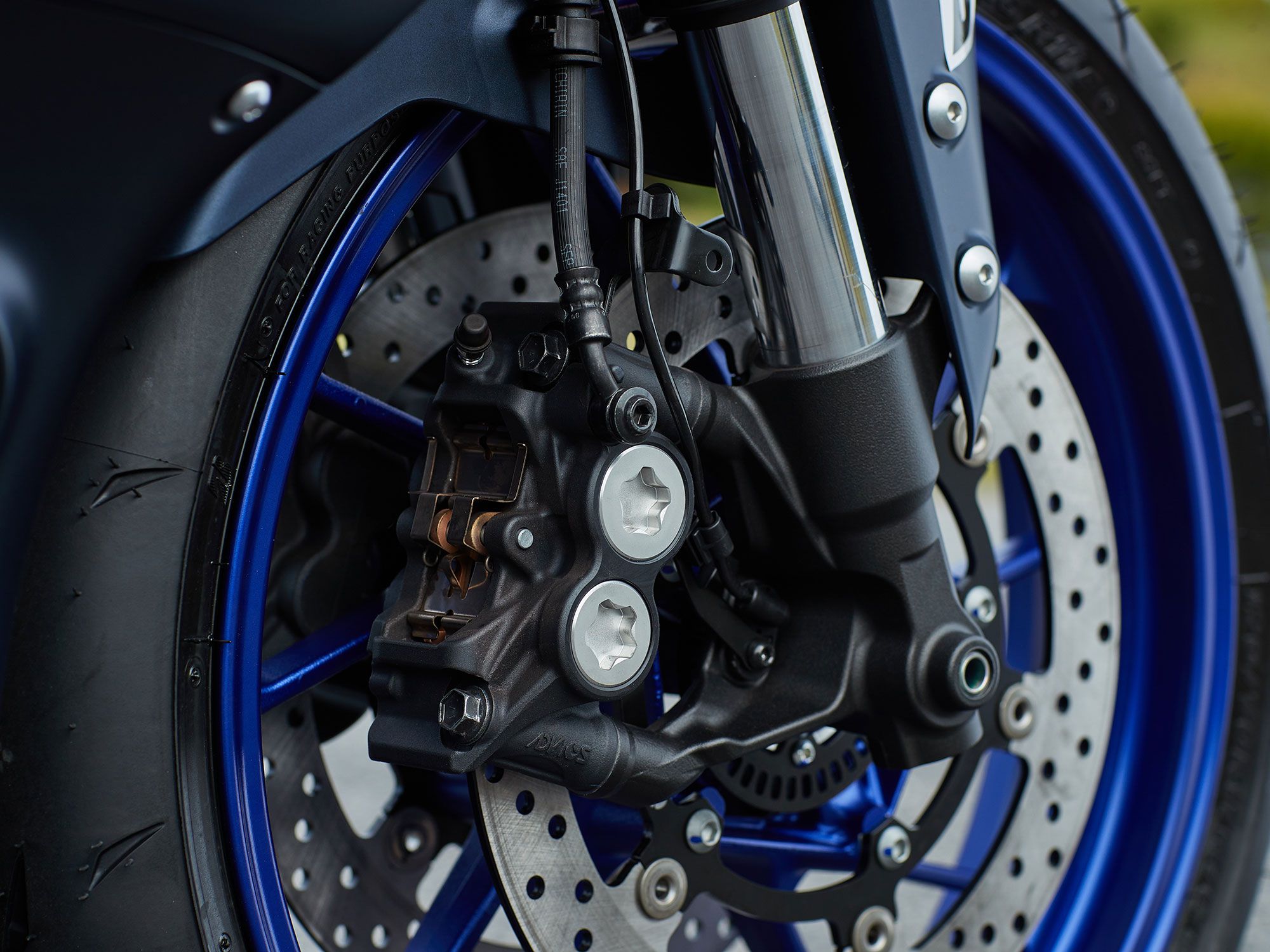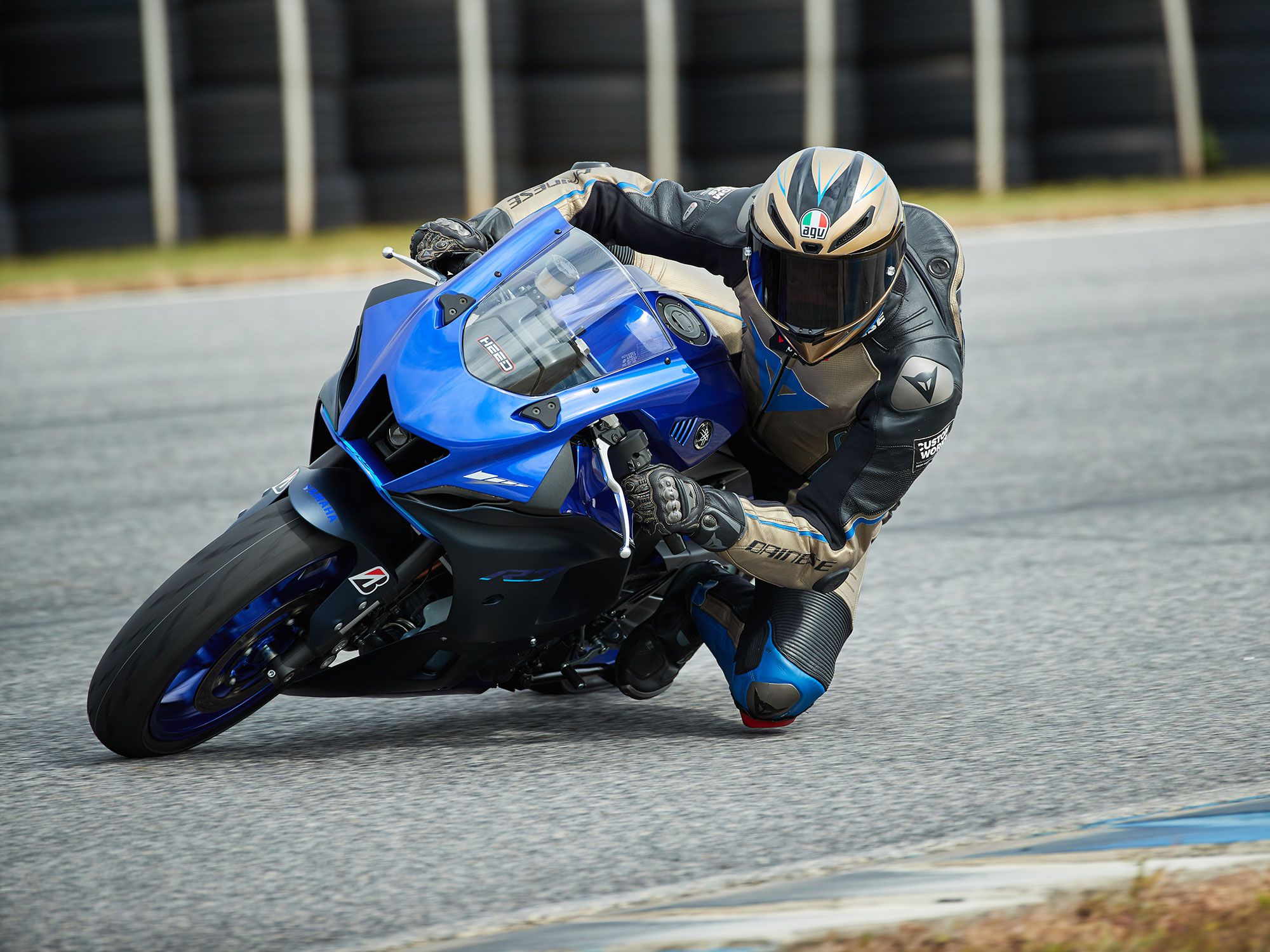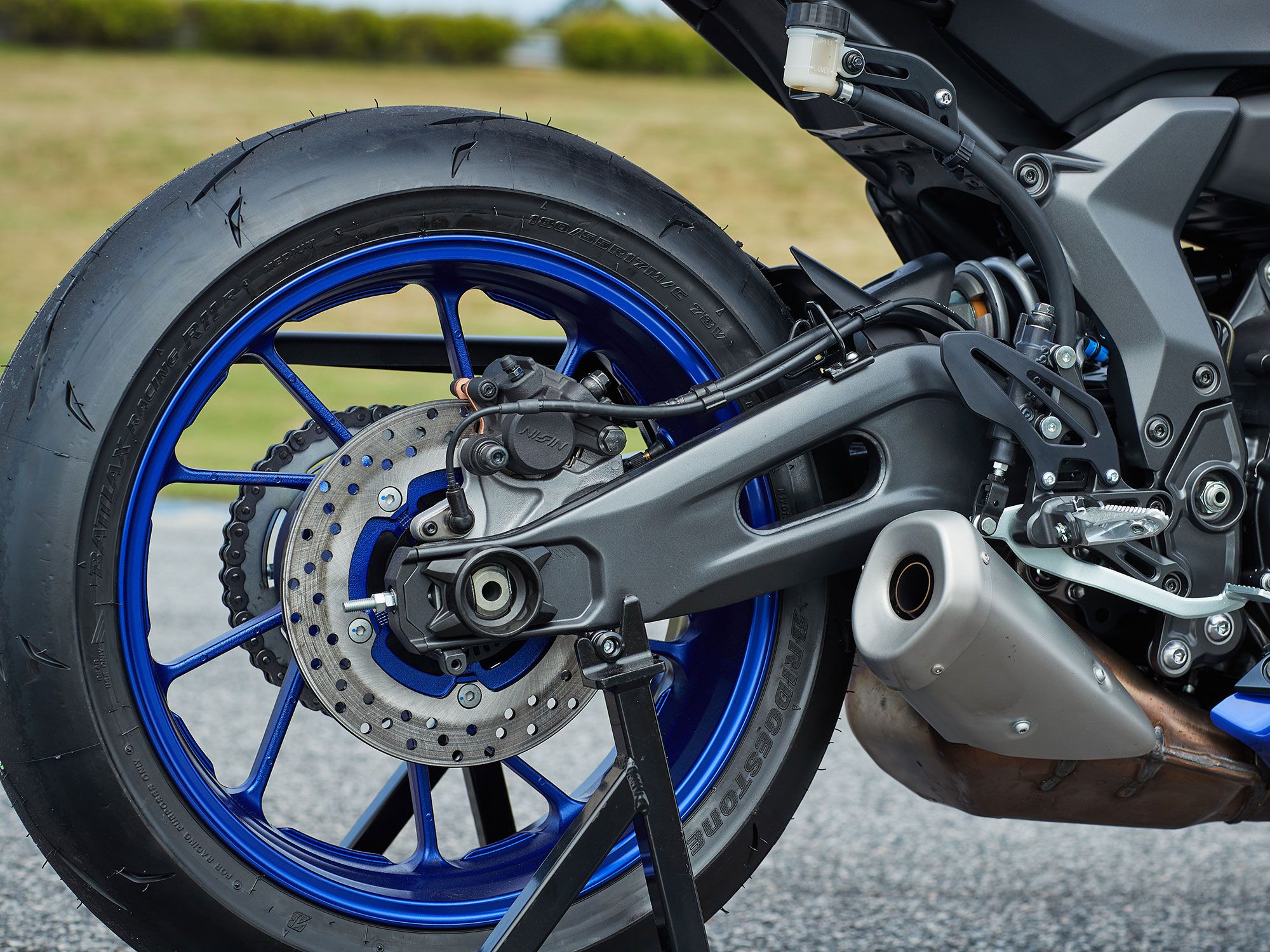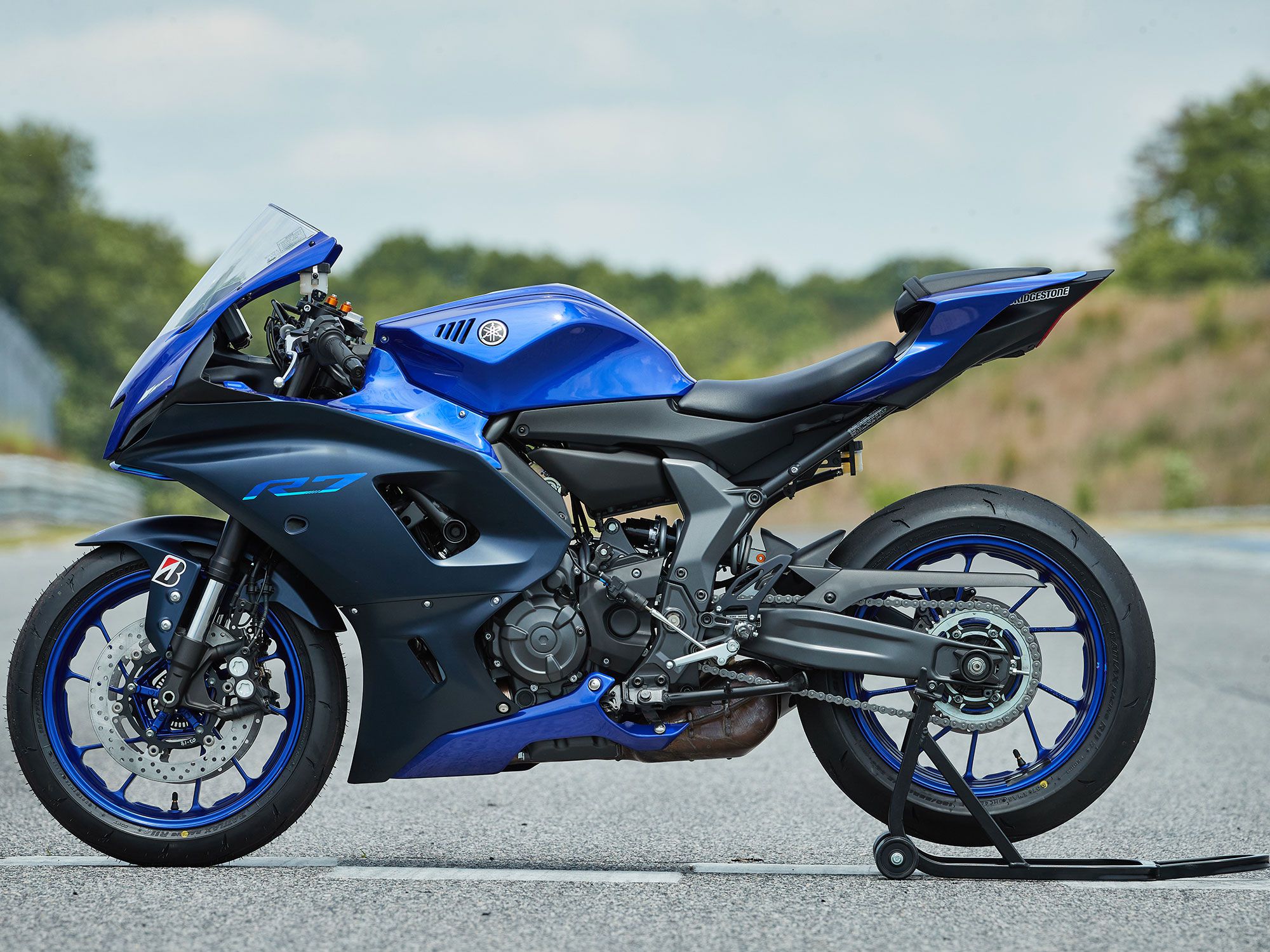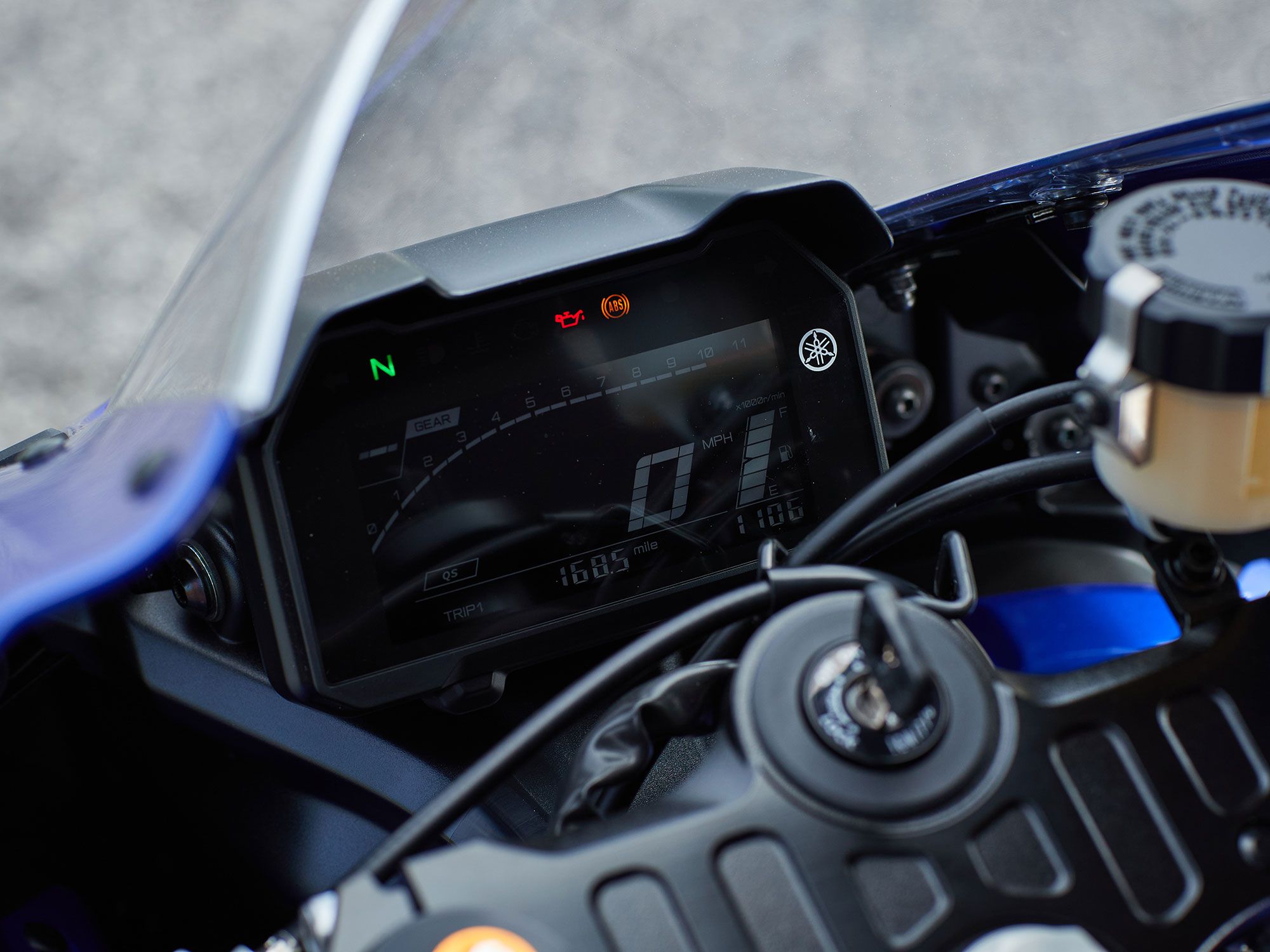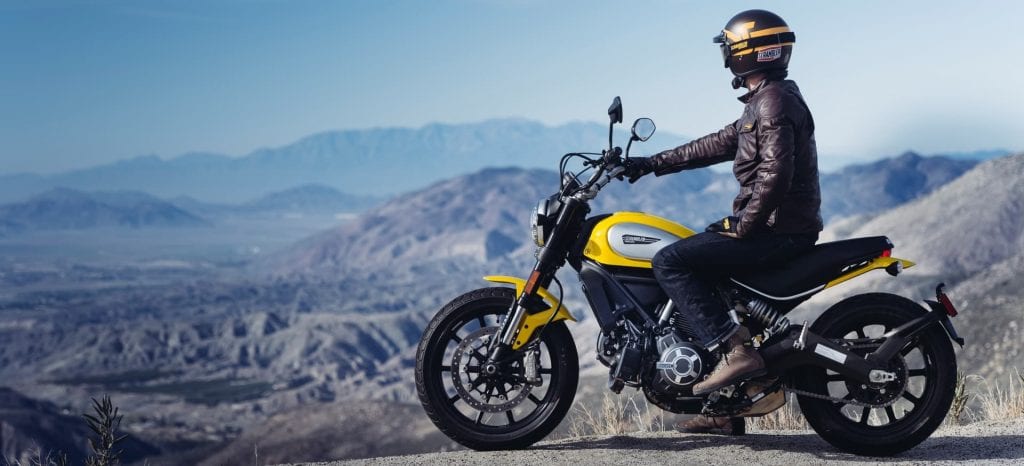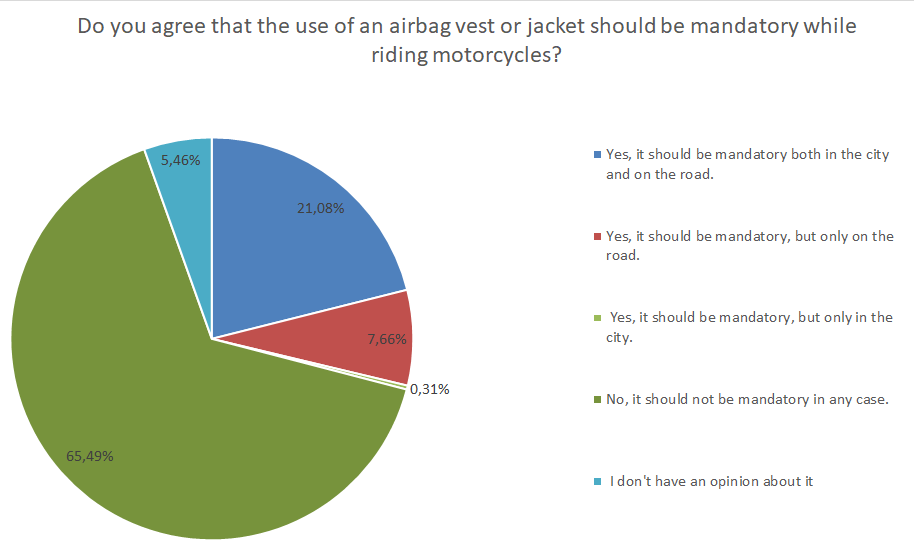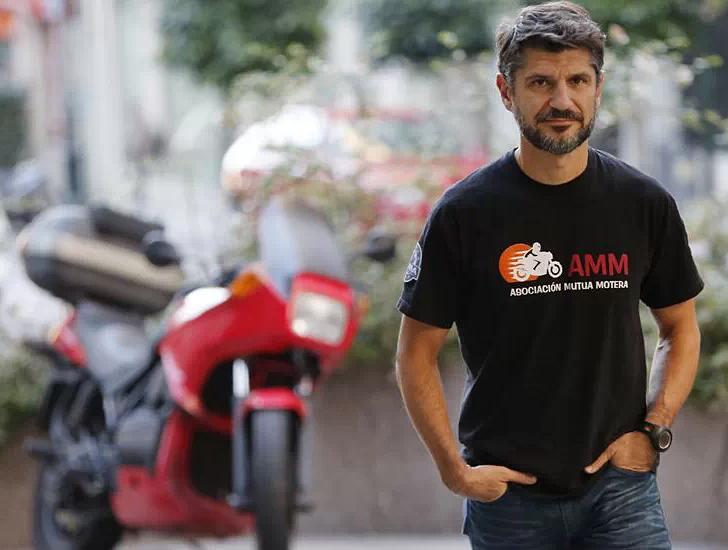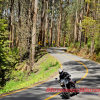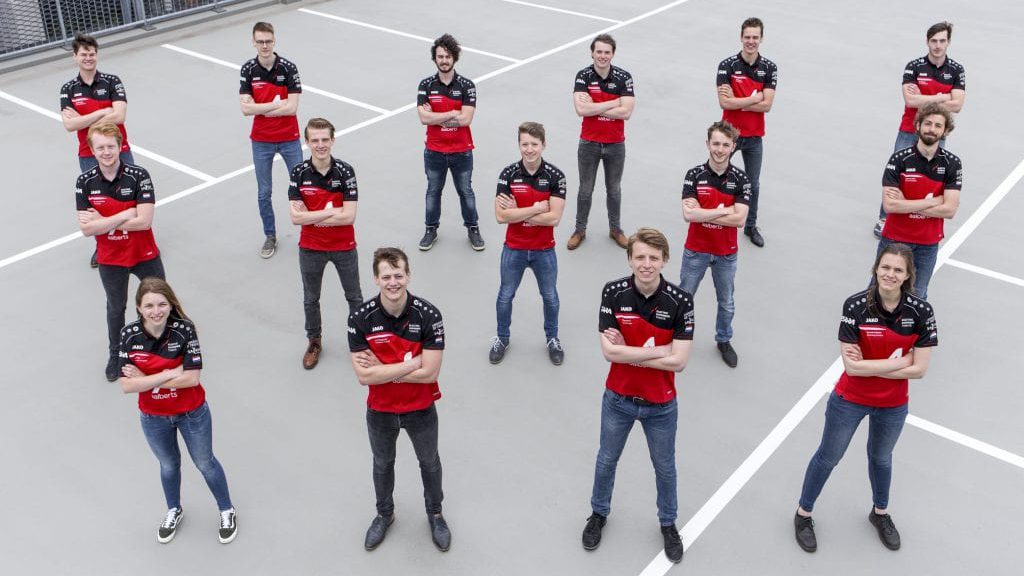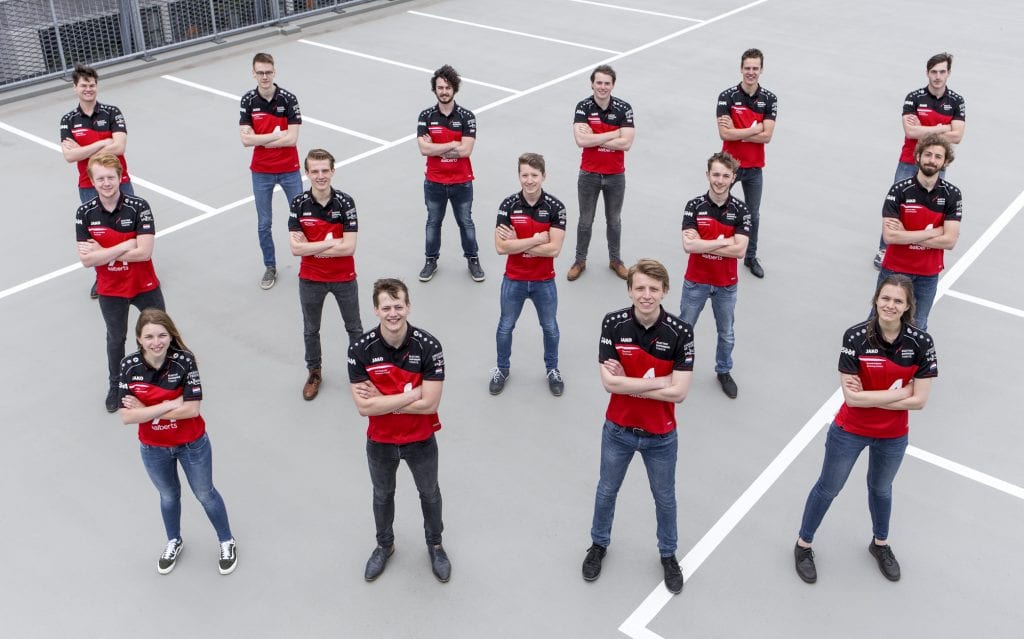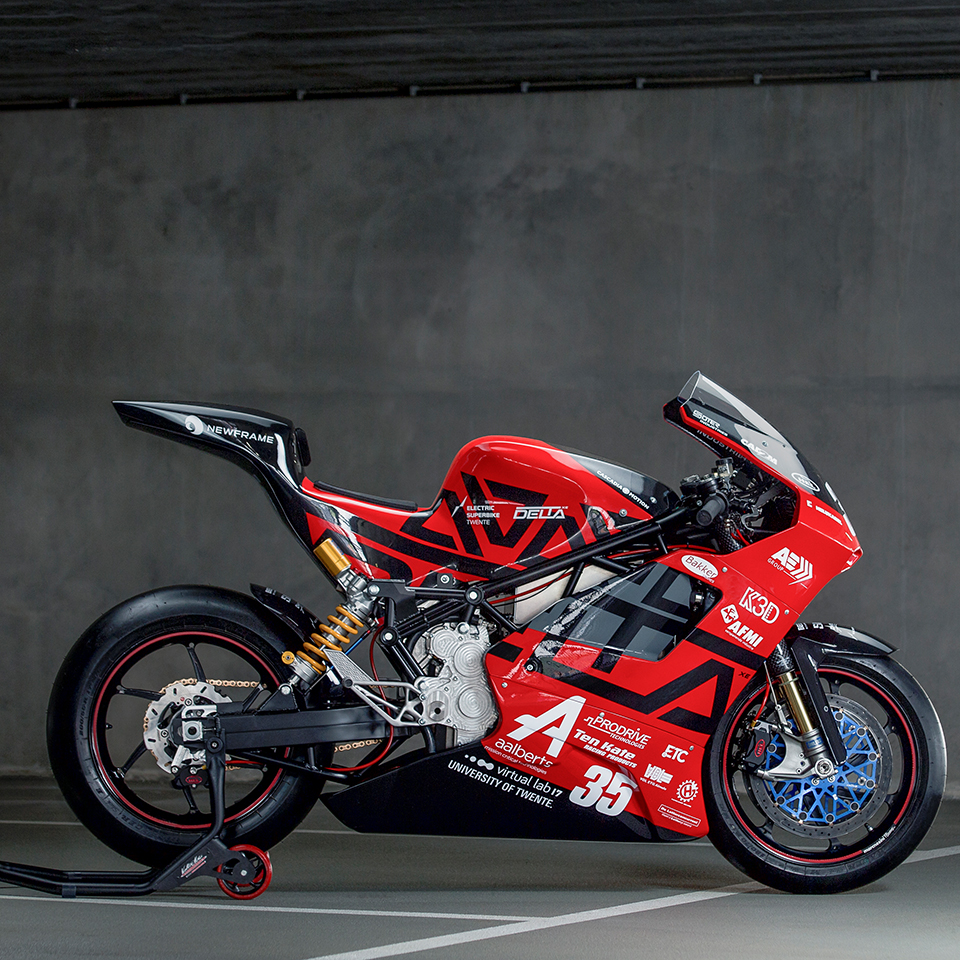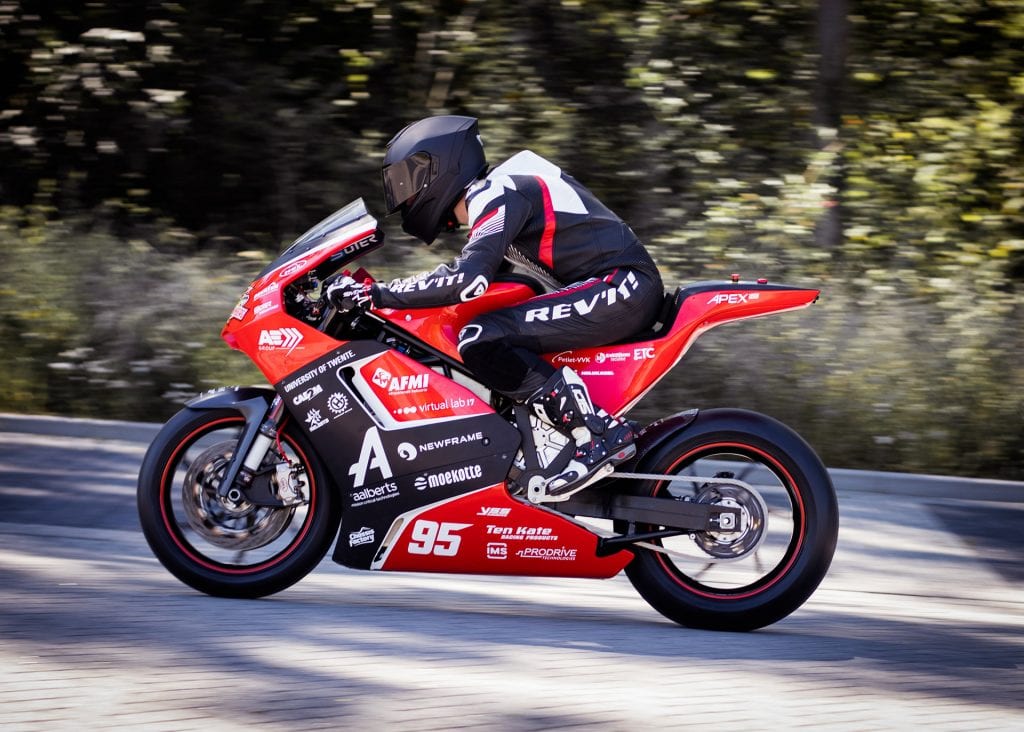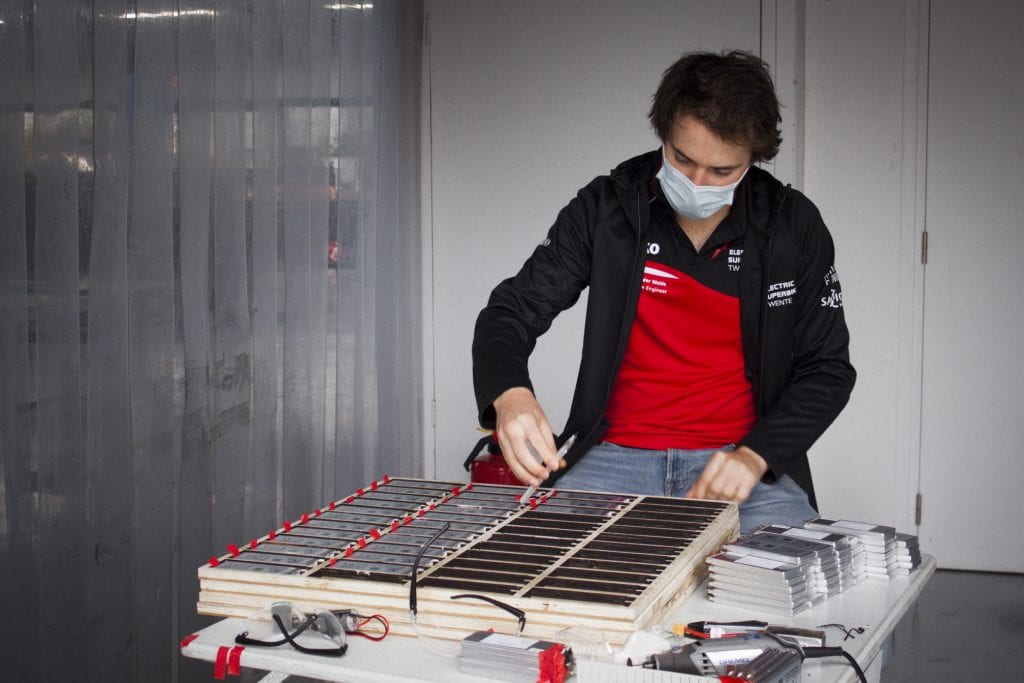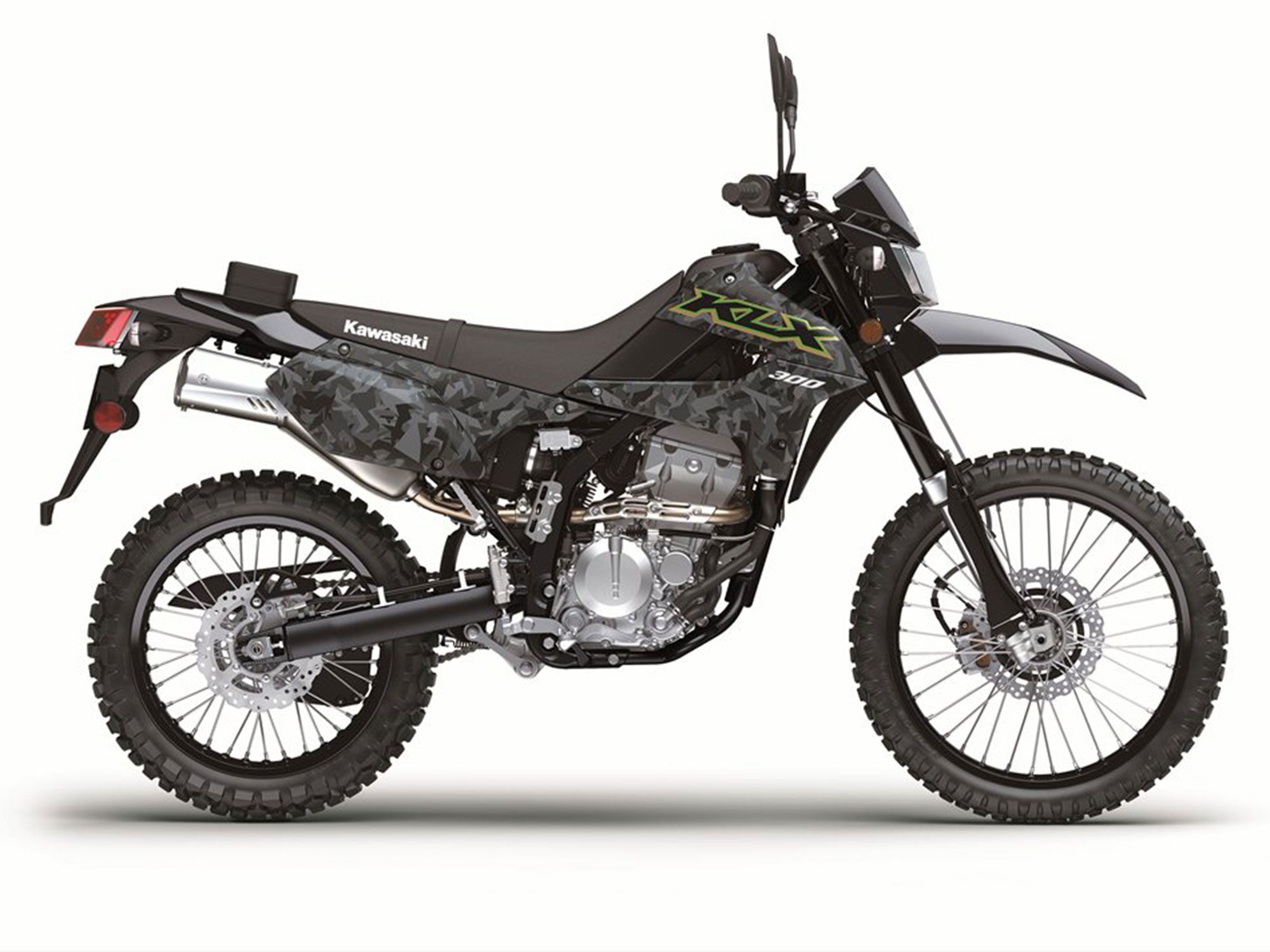
Ups
- A boost in engine size
- Ultra linear power delivery
- Well-tamed engine vibration
- Neutral-handling chassis
- Minimal buffeting thanks to cowl
Downs
- Suspension handles off-road terrain well, but limits may be found with more aggressive riding
- Tall 35.2-inch seat height requires a single-footed stoplight stance (at least for our 5-foot-10 test rider)
Verdict
The new KLX300 offers more power in the form of its 292cc single-cylinder engine. Combine that with a lightweight chassis carried over from the previous KLX250, and agreeable ergonomics for street and off-road riding fun.
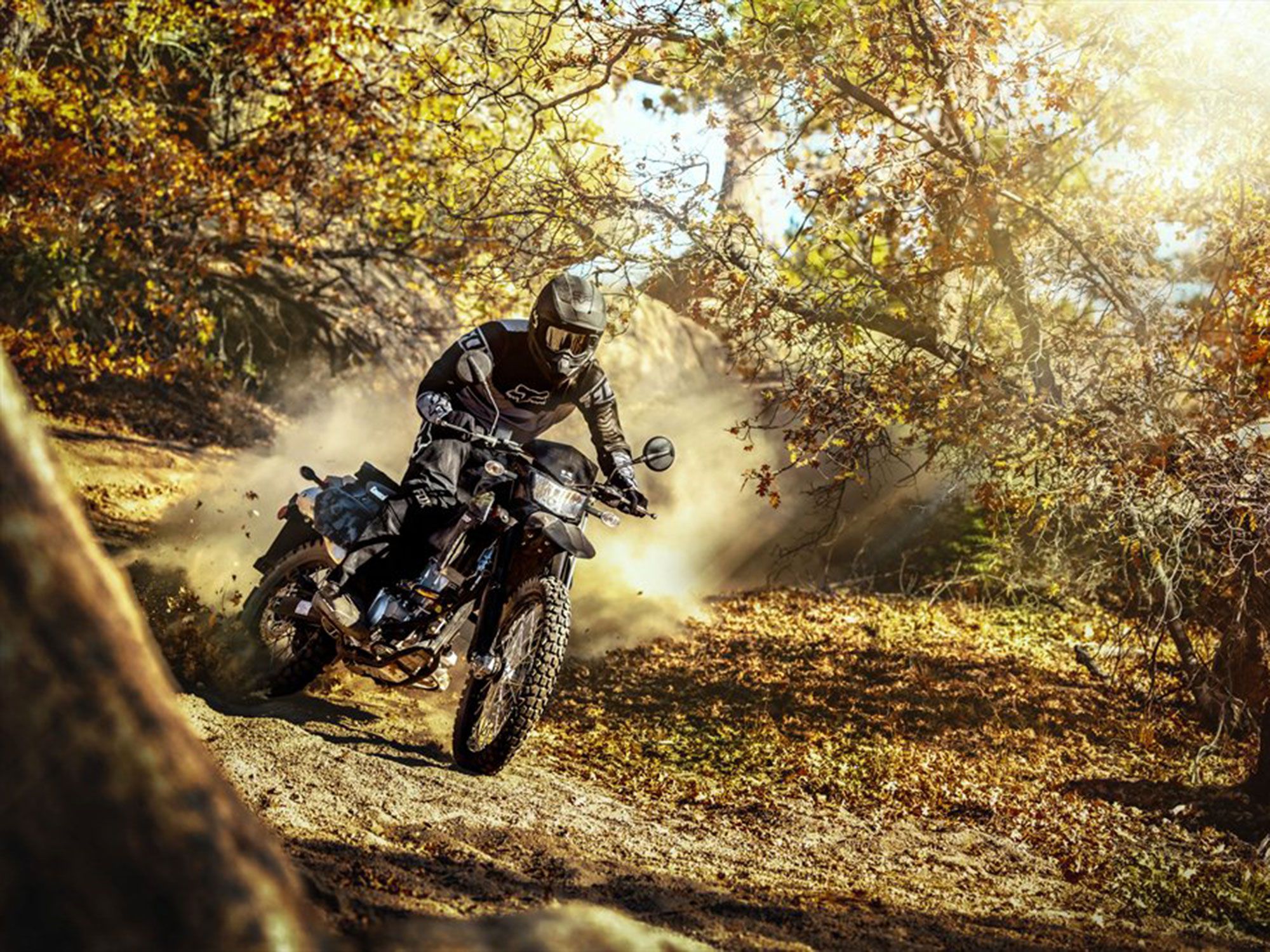
Overview
A dual sport’s versatility is a driving factor in its appeal. A beefier 292cc motor too? Things just got even more interesting for Kawasaki’s KLX dual sport. For 2021, Team Green has given a boost to the previous 249cc engine of the outgoing KLX250 with the help of a 6mm larger bore. Some other dimensions have also changed (noted below), but what is still prevalent is the bike remains a viable offering for riding around town and slogging around in the dirt whenever the urge arises.
Updates for 2021
New year, new engine. The KLX is now equipped with a larger, 292cc engine that has a 6mm larger cylinder bore than the previous KLX250.
Rake and trail also vary from last year’s model. This year the rake and trail specs are now 26.7 degrees and 4.2 inches. Other differences that Dirt Rider noted the current model has compared to the previous model year include a 0.2-inch taller seat, 0.4-inch less ground clearance, 0.4-inch longer wheelbase, and 2-pound less claimed wet weight.
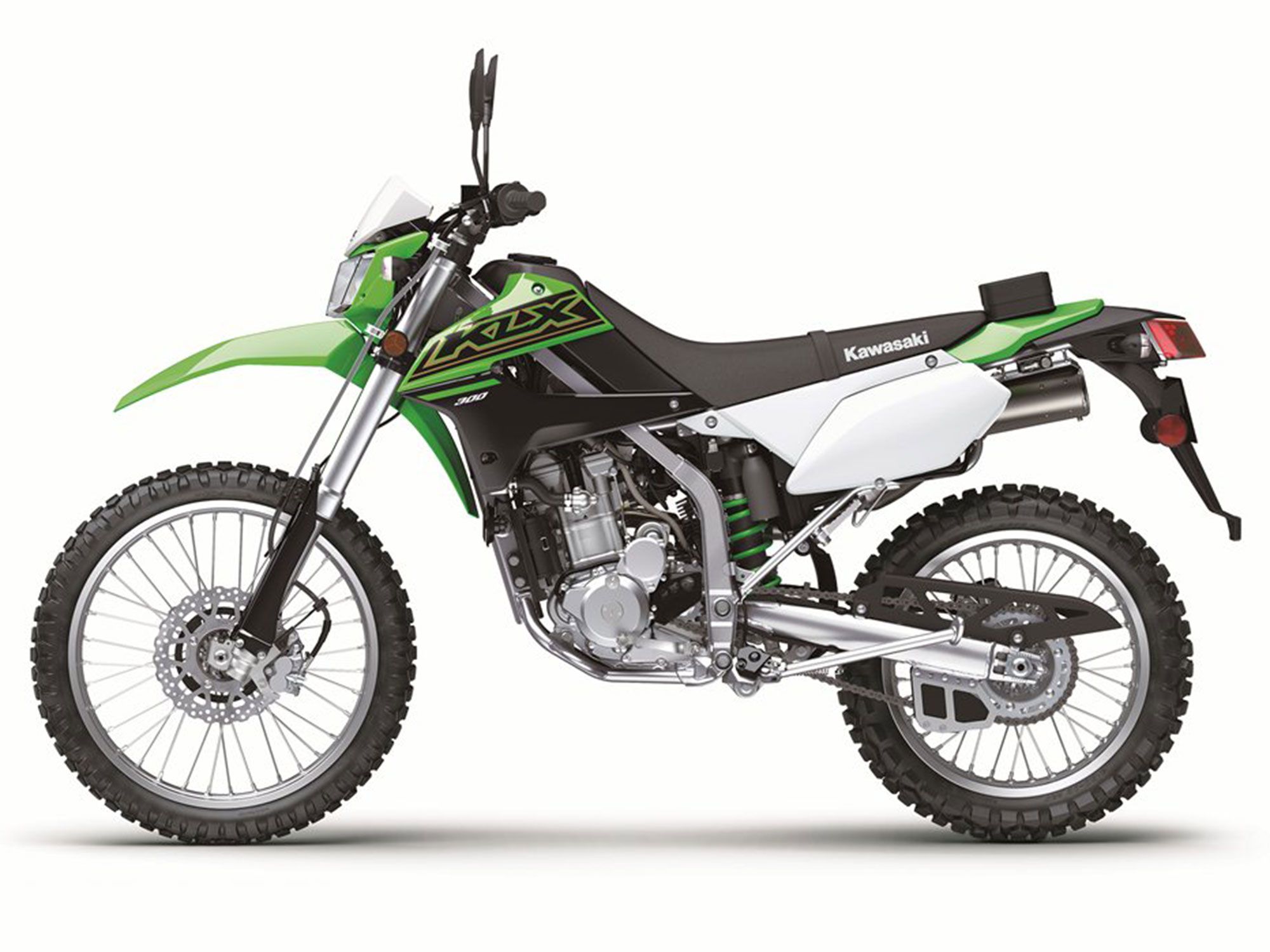
Pricing and Variants
The KLX300 is available in Lime Green ($5,599) and Fragment Camo Grey ($5,799). Looking to skid around supermoto style? Check out the KLX300SM ($5,999).
Powertrain: Engine, Transmission, and Performance
Within the confines of the high-tensile steel, box-section perimeter frame lies the new digitally fuel-injected, 292cc four-stroke single. In his review of the 2021 model, test rider Don Canet wrote that it “churns out ultra-linear delivery from bottom revs to its 10,500 rpm limit. Power is accented with a whisper of top-end surge that comes in around 8,000 rpm and can be felt in the bottom gears of the six-speed gearbox.”
Engine vibrations are also reported to be well tamed with the engine’s gear-driven counterbalancer, so regardless of putting the dual sport on the pavement or dirt, the ride will be relatively smooth.
On our in-house dyno, the KLX300 recorded 23.4 hp at 8,140 rpm and 15.4 pound-feet at 7,950 rpm.
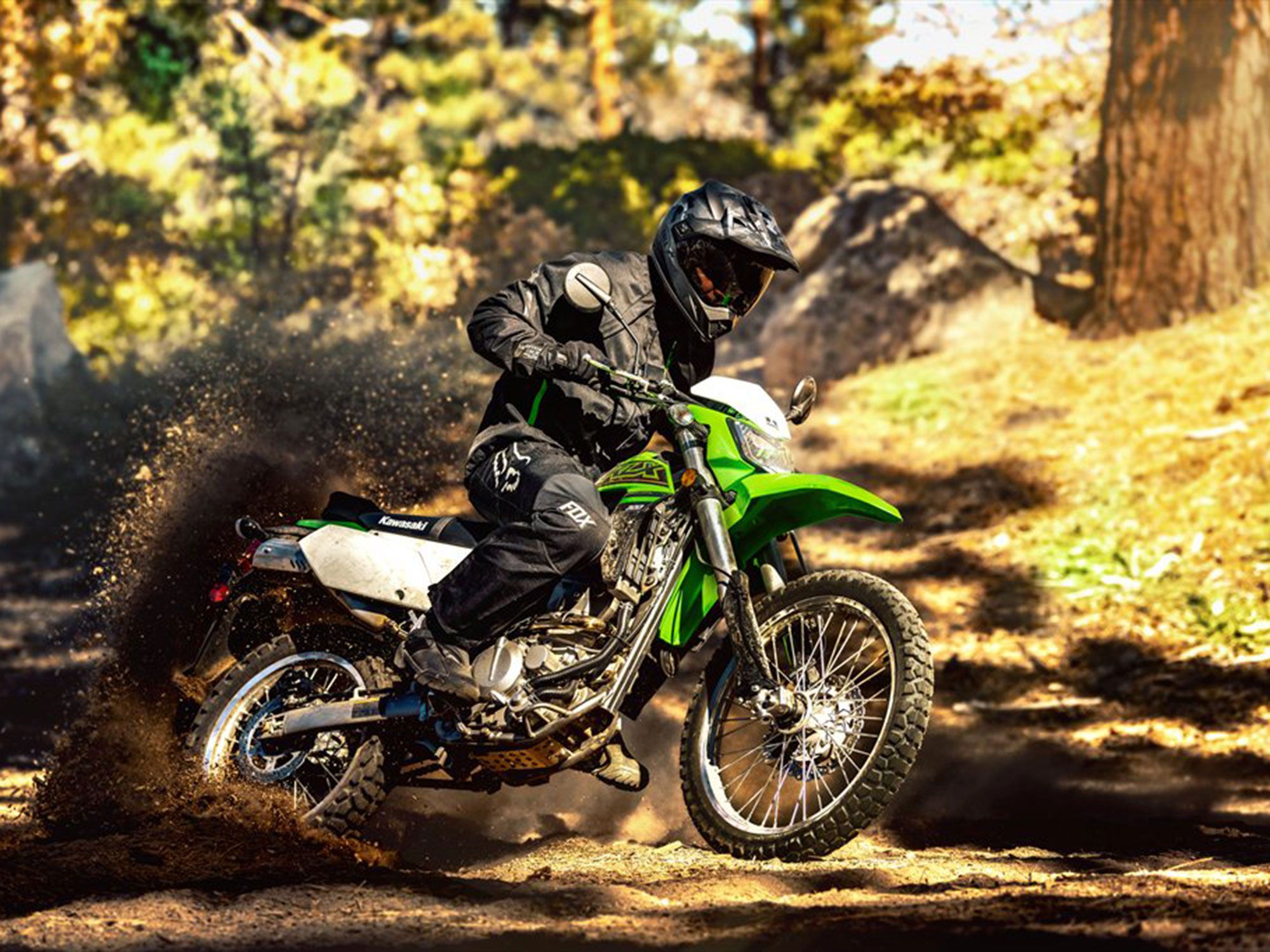
Handling
The chassis is carried over from the KLX250 resulting in a similar wet weight. The claimed curb weight is 302 pounds and, sure enough, that’s exactly what the KLX300 weighed on our automotive scales. Keeping the handling in check is a 16-way compression-adjustable 43mm inverted cartridge-style fork and a preload-/rebound-/compression-adjustable piggyback shock.
On the winding roads of the press ride, Canet said that just a hint of steering input was needed to tip into corners and on his switch to gravel roads he wrote that the chassis “continued to track straight and true at speed whether seated or standing.”
Brakes
Braking is handled with single discs (250mm front, 240mm rear) with a front two-piston caliper and rear one-piston caliper. Kawasaki did not skimp on the rear rotor size as 240mm is a common spec for many motocross and off-road bikes including Kawasaki’s KX450X, KX250, and KX250X. The 250mm front rotor is a bit smaller than the current KX models however; the last time the KX450 used a 250mm front rotor was in 2014.
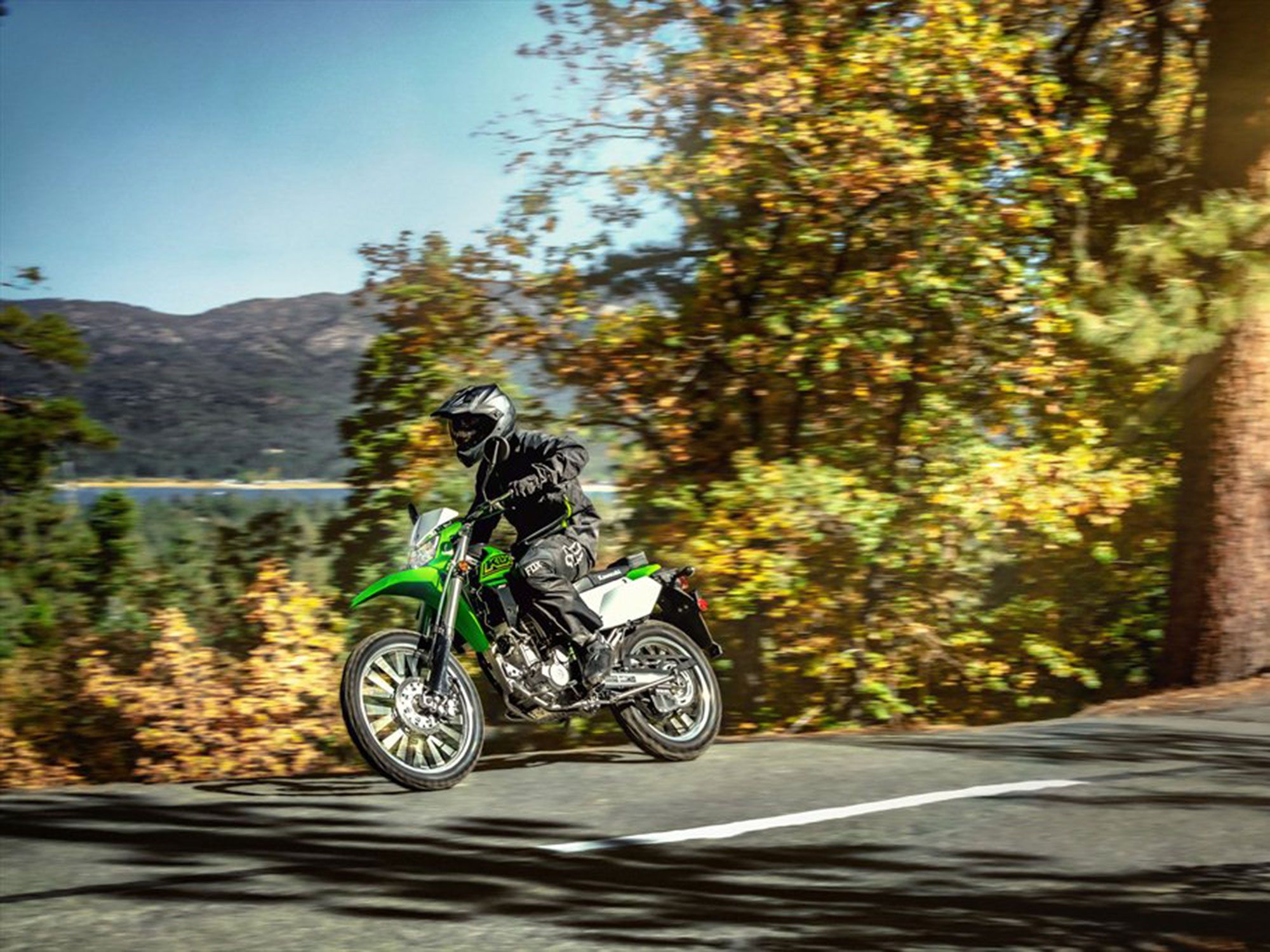
Fuel Economy and Real-World MPG
Fuel tank capacity is 2.0 gallons. Currently no real-world miles per gallon is recorded.
Ergonomics: Comfort and Utility
The KLX’s 35.2-inch seat height is fairly tall, but Canet’s 5-foot-10 stature managed getting toes to the ground after the suspension compressed under his weight. Stable, one-footed stops were managed throughout the ride and backing the bike out of parking spots was easily done. In regard to comfort, ergonomics are spacious and the padded seat hints at longer riding comfort, though this cannot be definitive regarding the 70-mile test ride. A stubby cowl above the headlight does help prevent wind buffeting at the head and shoulders, reports Canet.
Electronics
The engine, as mentioned earlier, is digitally fuel injected, which helps in all-season starting with a tap of the electric starter button. Otherwise, electronics are kept to a minimum with the digital instrument panel displaying a bar-graph tachometer, digital speedometer, dual tripmeters, and clock.
Warranty and Maintenance Coverage
The KLX300 is covered under a one-year warranty.
Quality
A new engine size within the previous generation’s chassis makes for a more powerful middleweight dual sport.
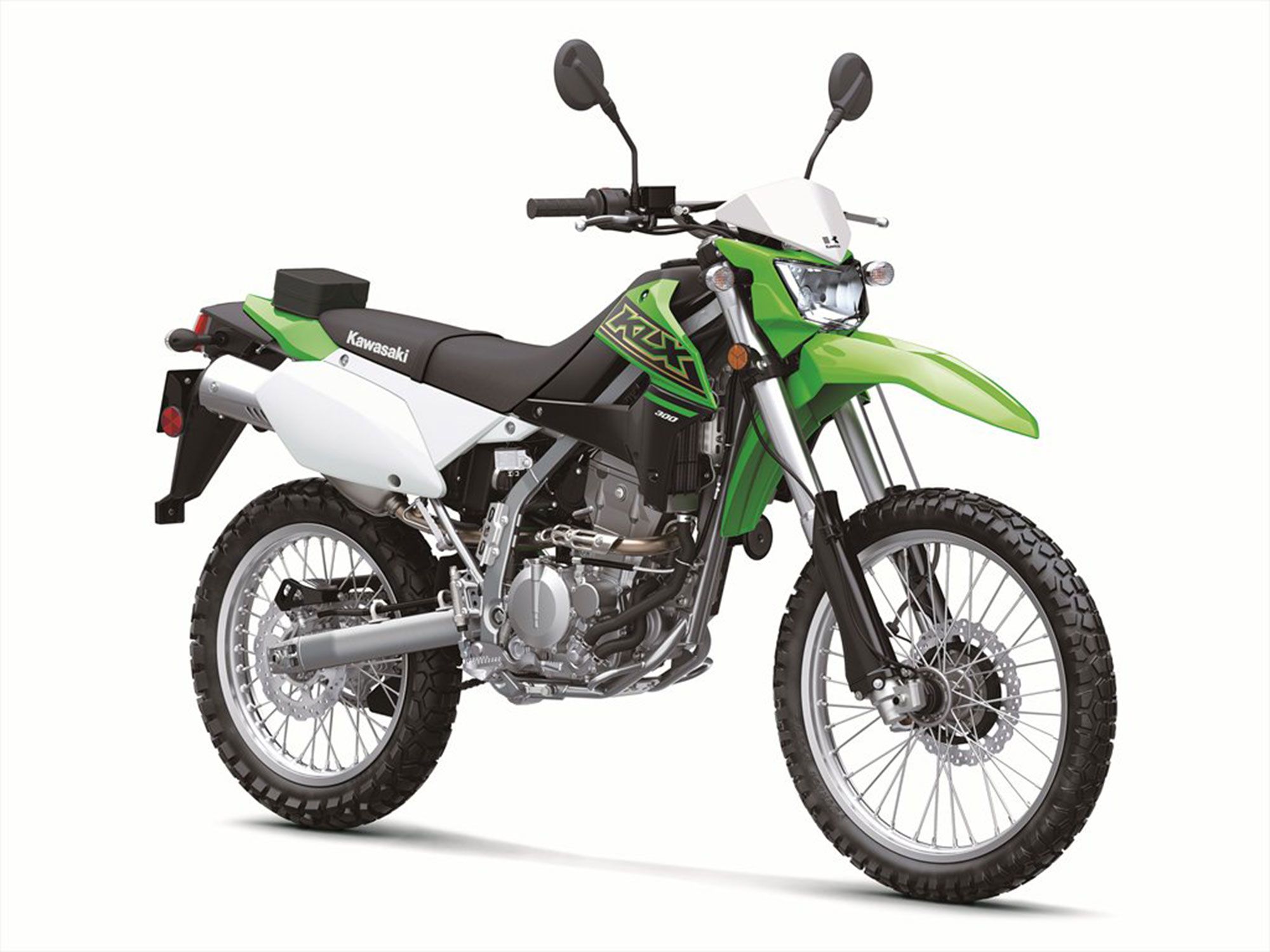
2021 Kawasaki KLX300 Claimed Specifications
| MSRP: | $5,599 |
|---|---|
| Engine: | 292cc DOHC liquid-cooled single |
| Bore x Stroke: | 78.0 x 61.2mm |
| Transmission/Final Drive: | 6-speed/chain |
| Fuel Delivery: | DFI w/ 34mm Keihin throttle body |
| Clutch: | Wet, multiplate |
| Engine Management/Ignition: | CDI |
| Frame: | High-tensile steel, box-section perimeter |
| Front Suspension: | 43mm USD fork, compression adjustable; 10.0 in. travel |
| Rear Suspension: | Uni-Trak piggyback shock, preload, rebound, and compression adjustable; 9.1 in. travel |
| Front Brake: | 2-piston caliper, 250mm petal disc |
| Rear Brake: | 1-piston caliper, 240mm petal disc |
| Wheels, Front/Rear: | Spoked; 21 in./ 18 in. |
| Tires, Front/Rear: | Dunlop D605; 21 x 3.0 in. / 18 x 4.6 in. |
| Rake/Trail: | 26.7°/4.2 in. |
| Wheelbase: | 56.7 in. |
| Ground Clearance: | 10.8 in. |
| Seat Height: | 35.2 in. |
| Fuel Capacity: | 2.0 gal. |
| Wet Weight: | 302 lb. |
| Contact: | kawasaki.com |
Cycle World Tested Specifications
| Seat Height: | 35.2 in. |
|---|---|
| Wet Weight: | 302 lb. |
| Rear-Wheel Horsepower: | 23.43 hp @ 8,140 rpm |
| Rear-Wheel Torque: | 15.40 lb.-ft. @ 7,950 rpm |
Source: MotorCyclistOnline.com


